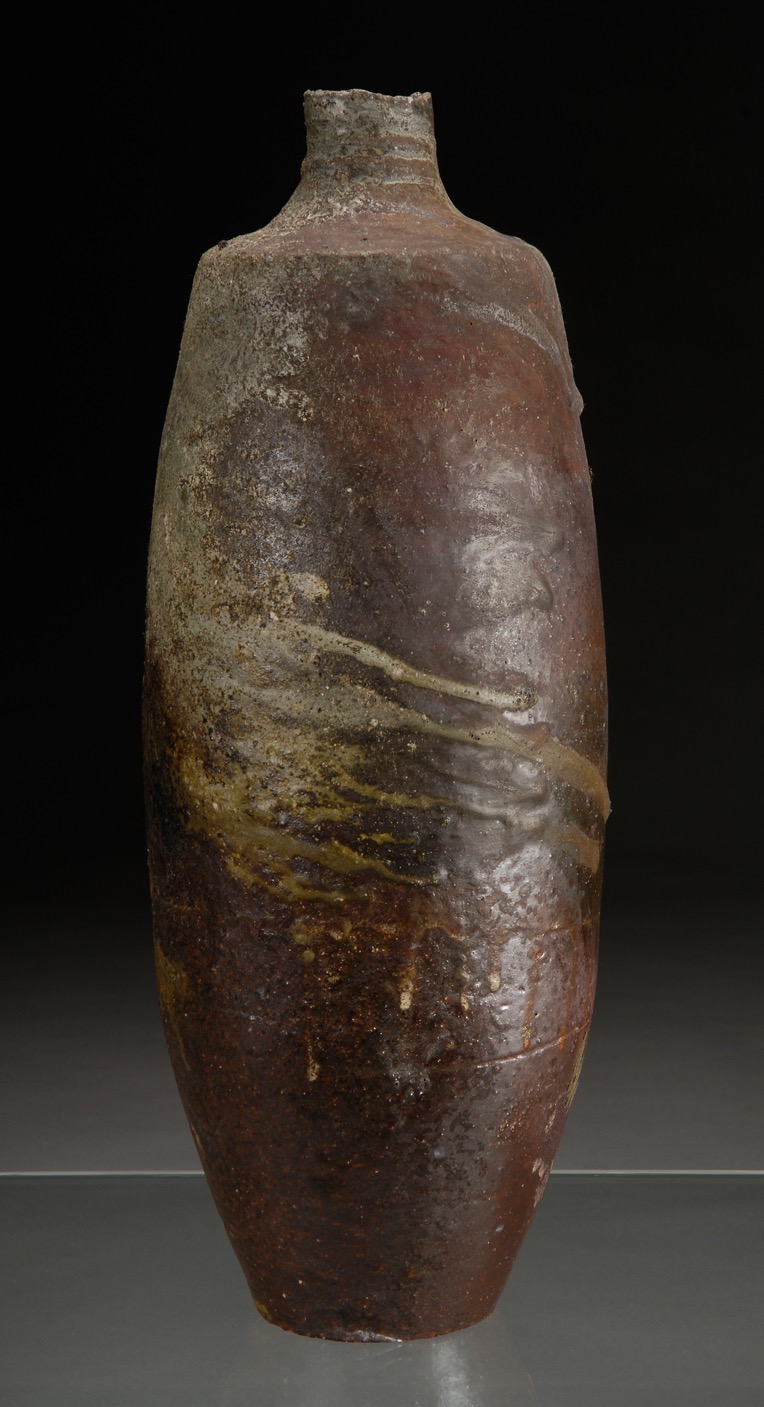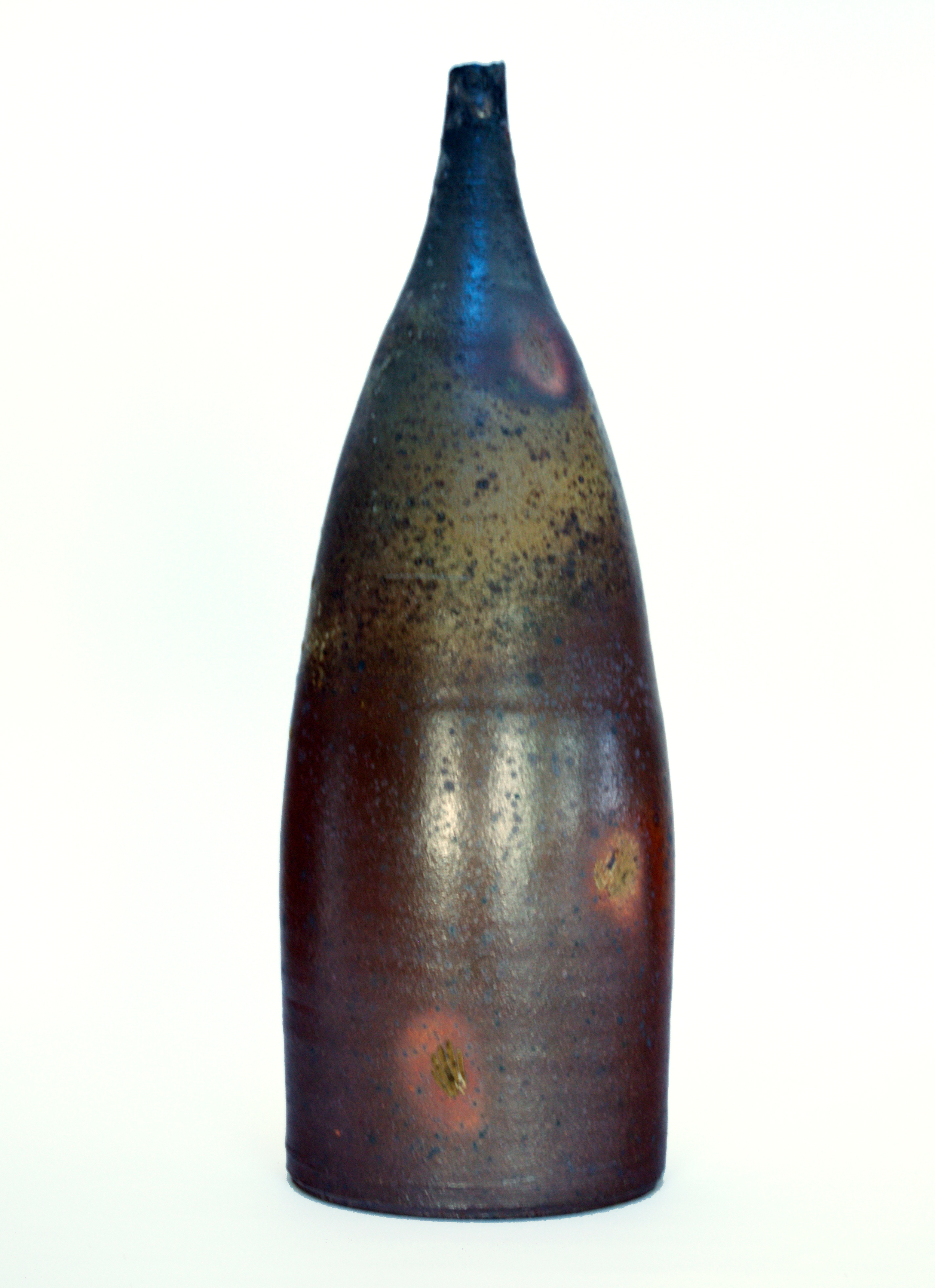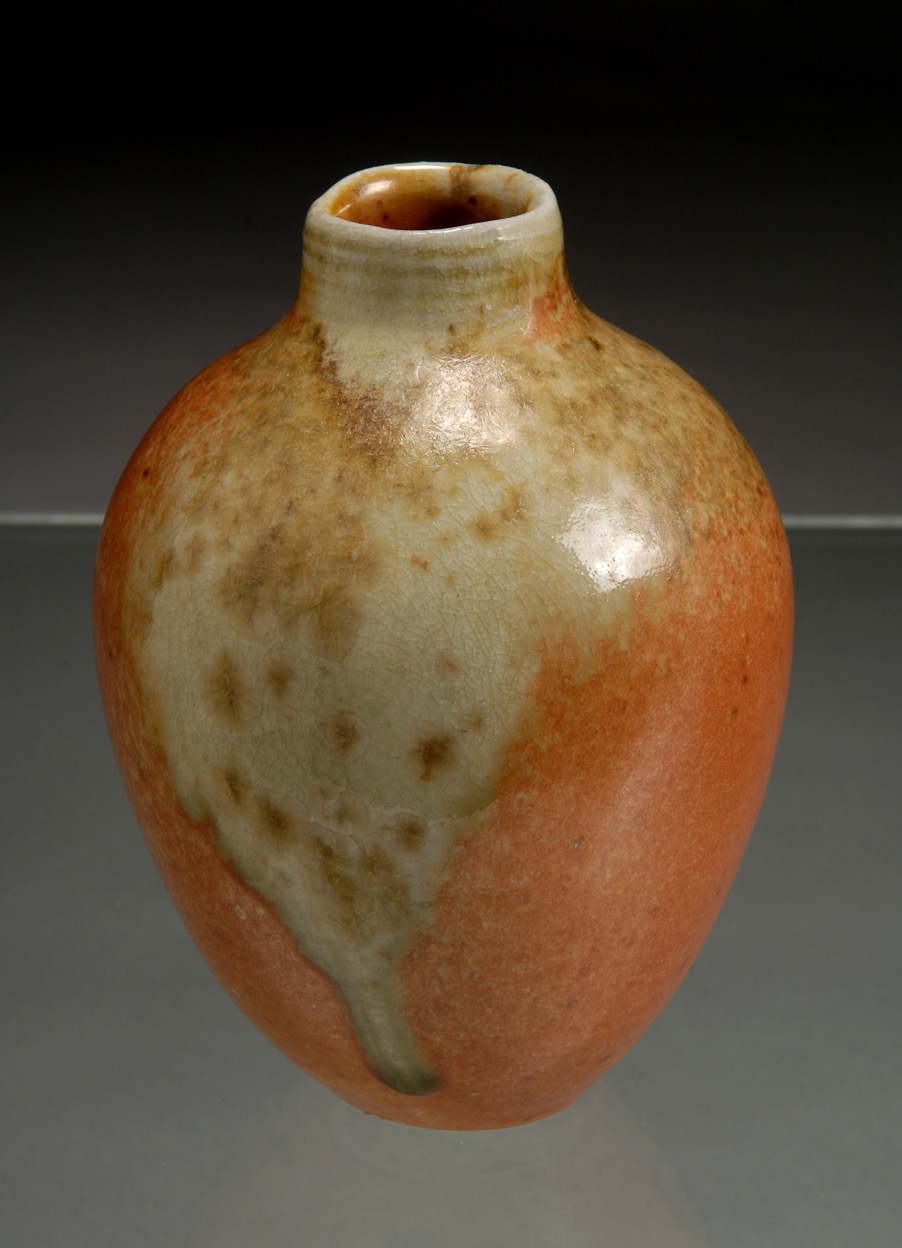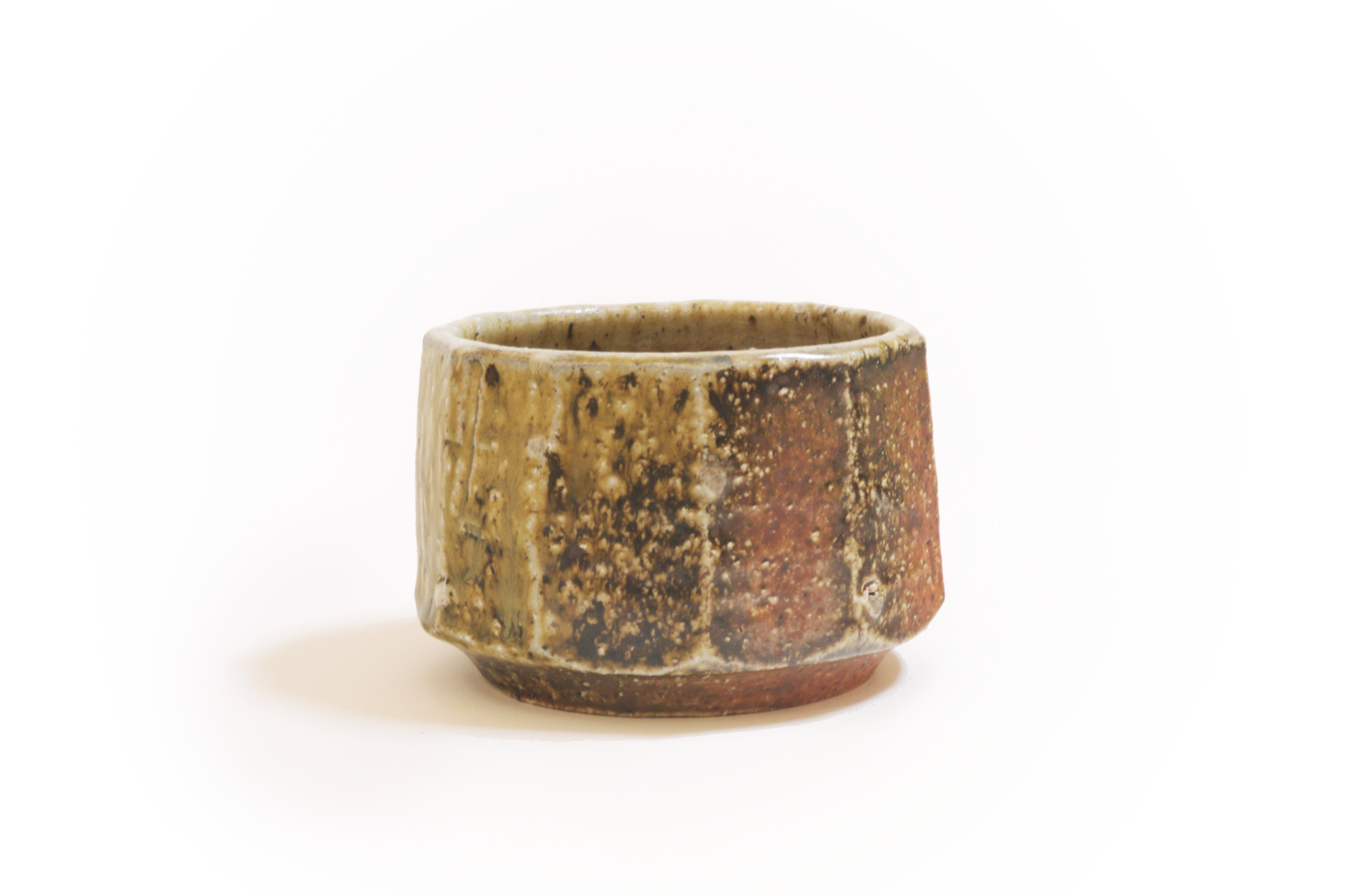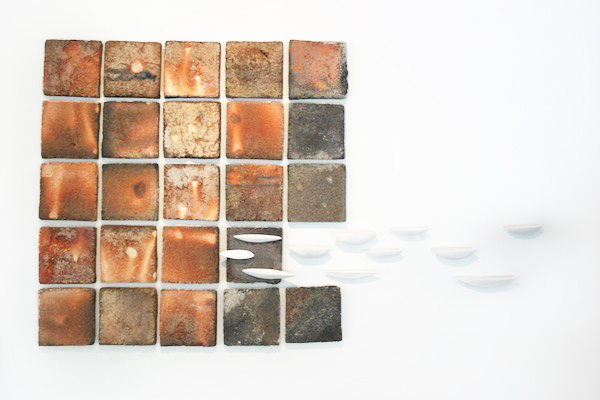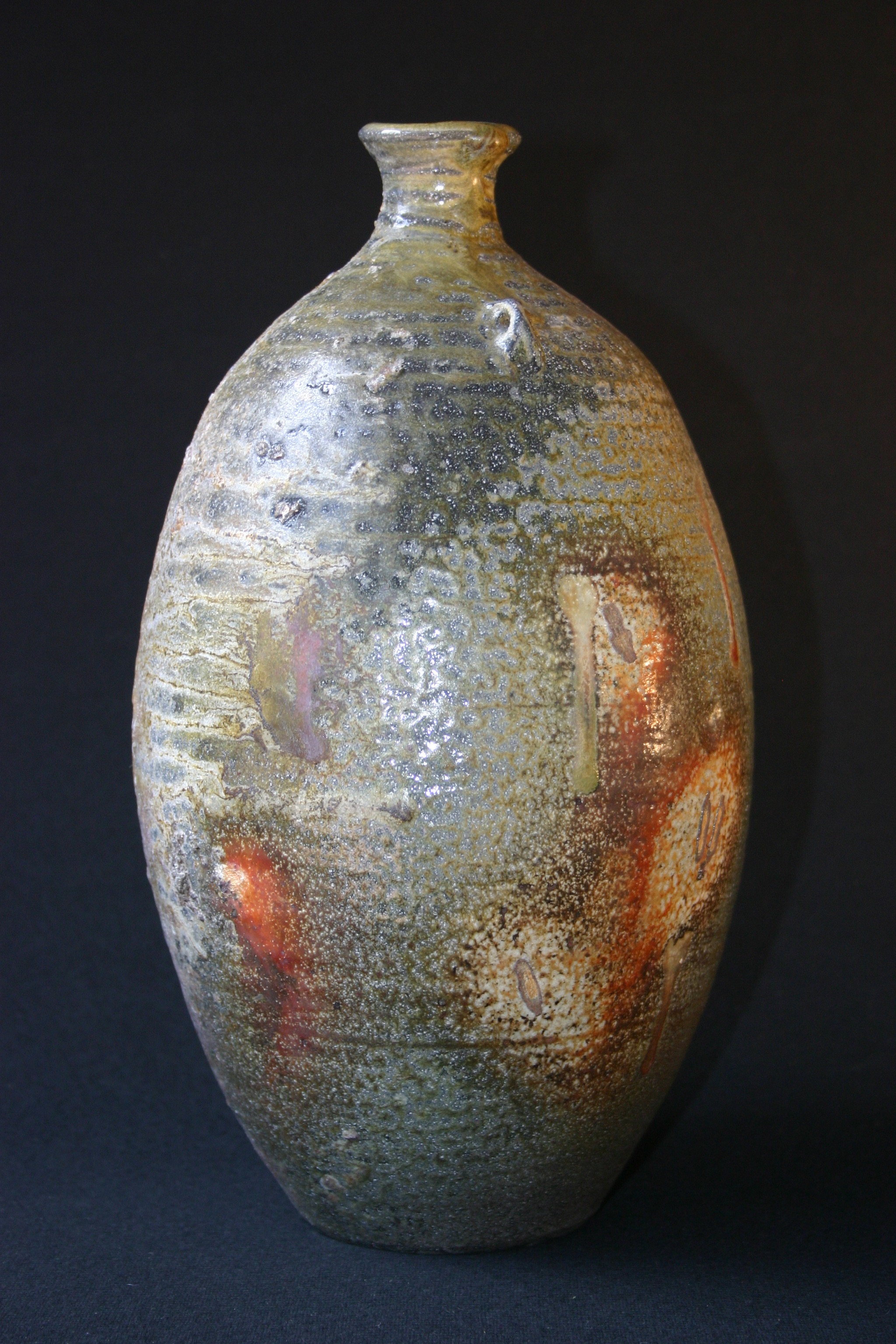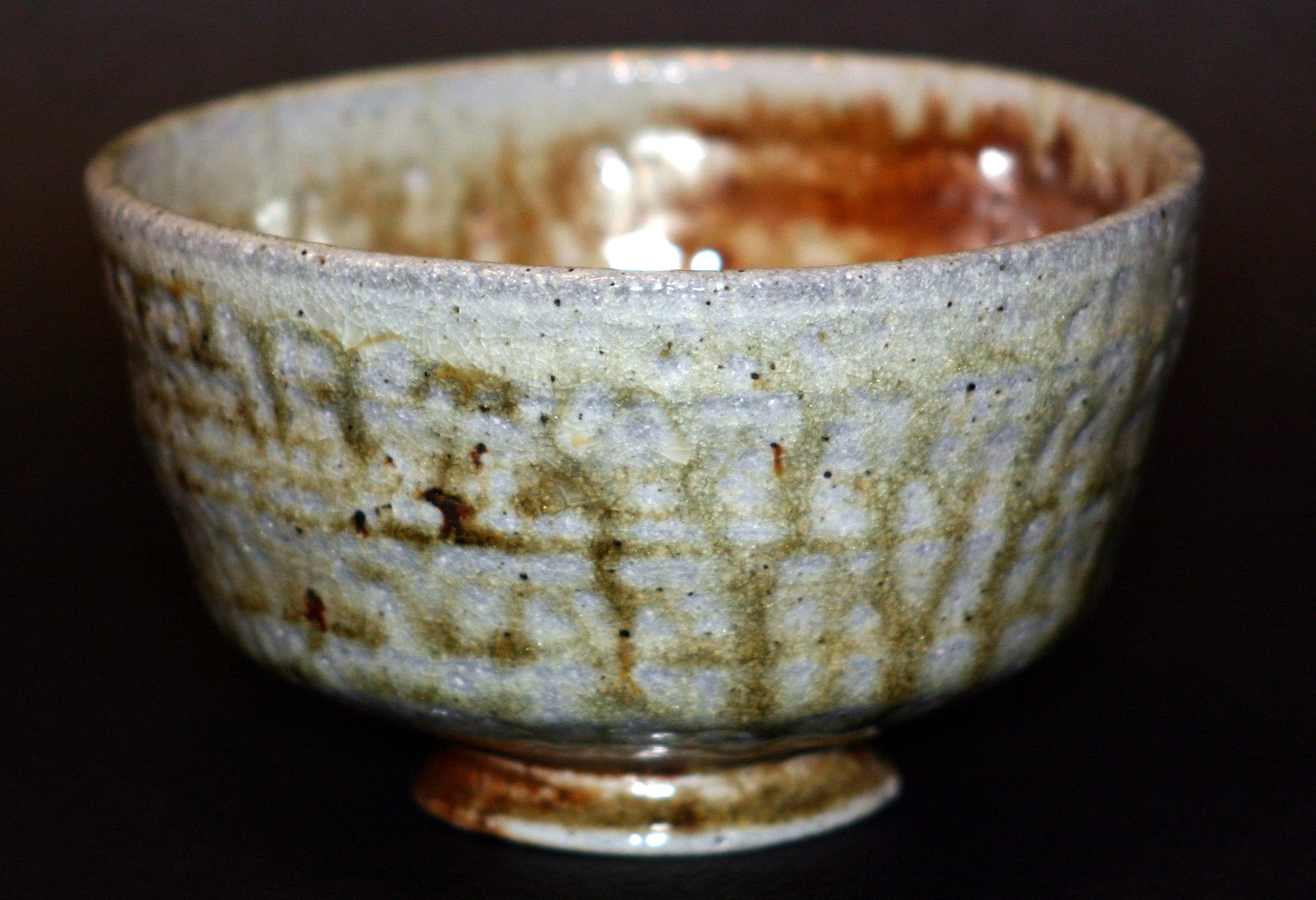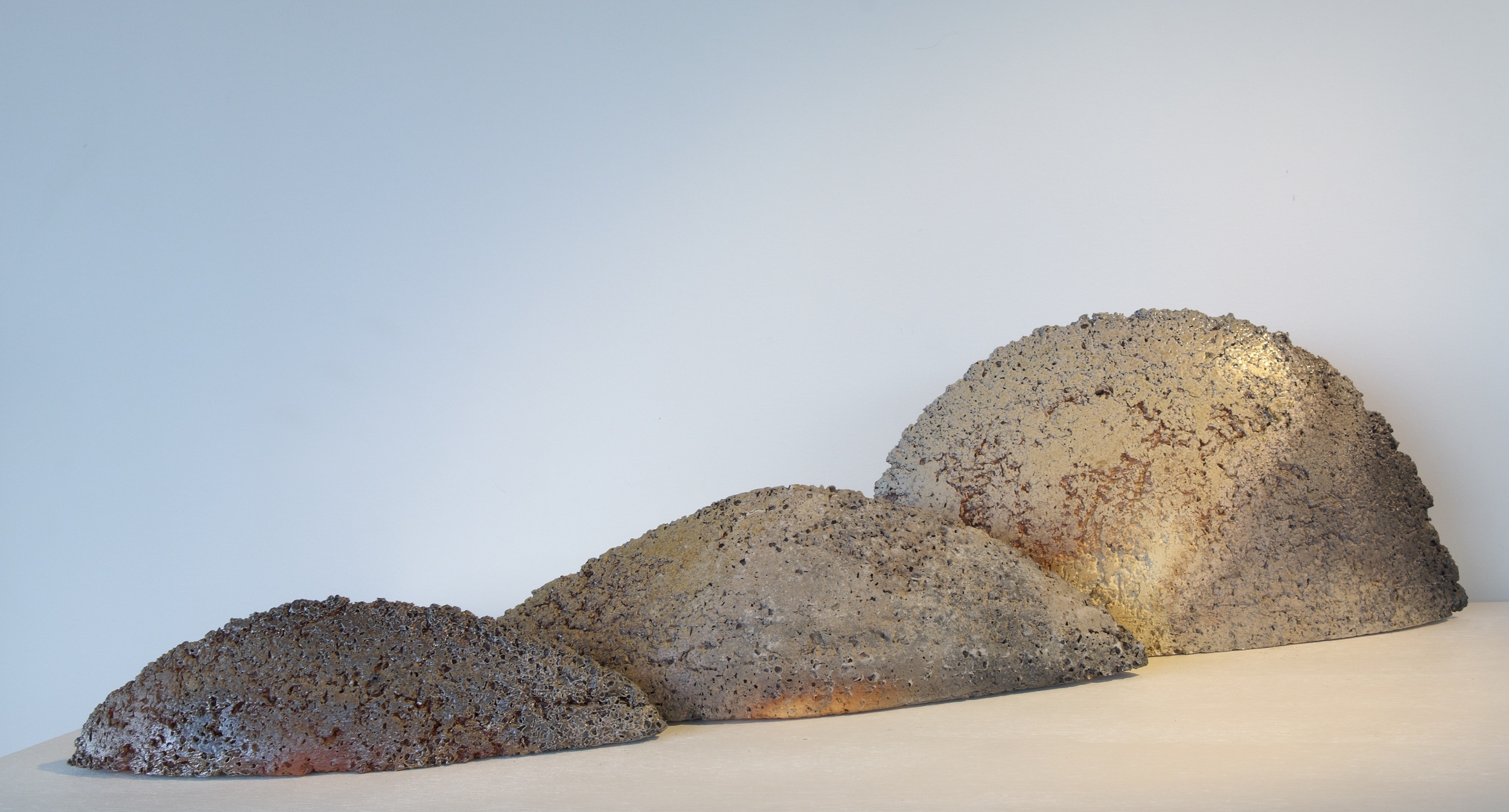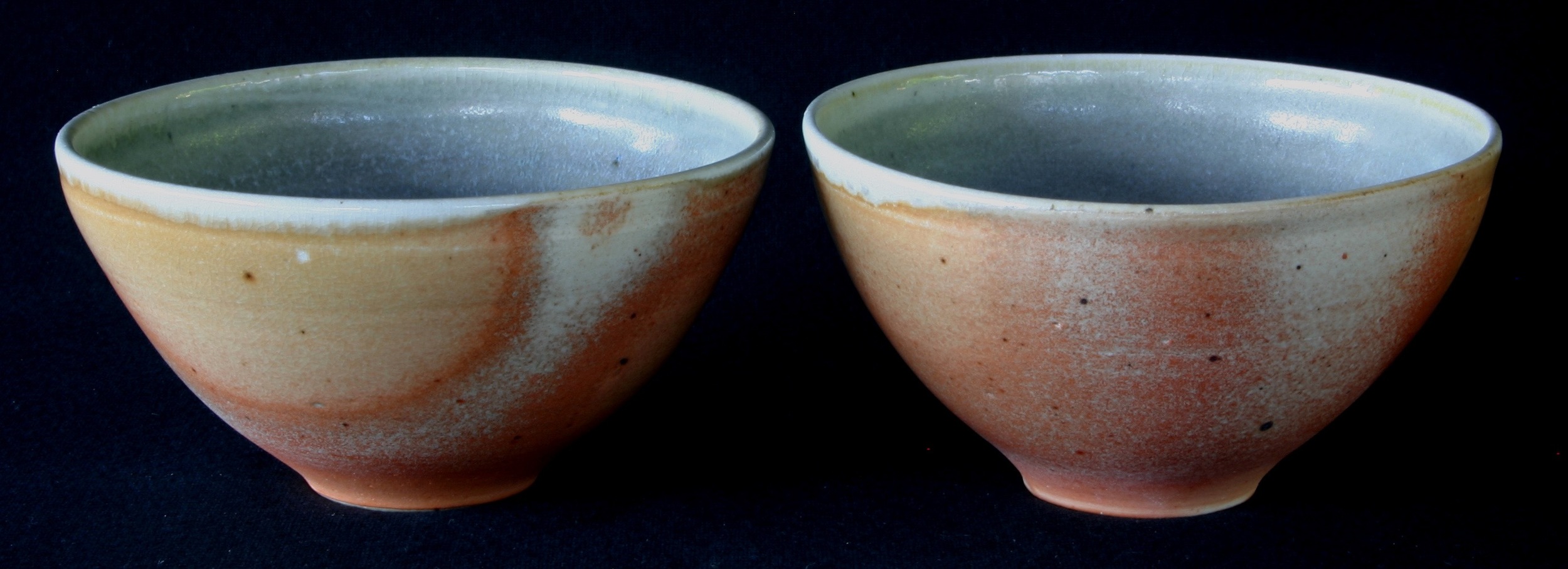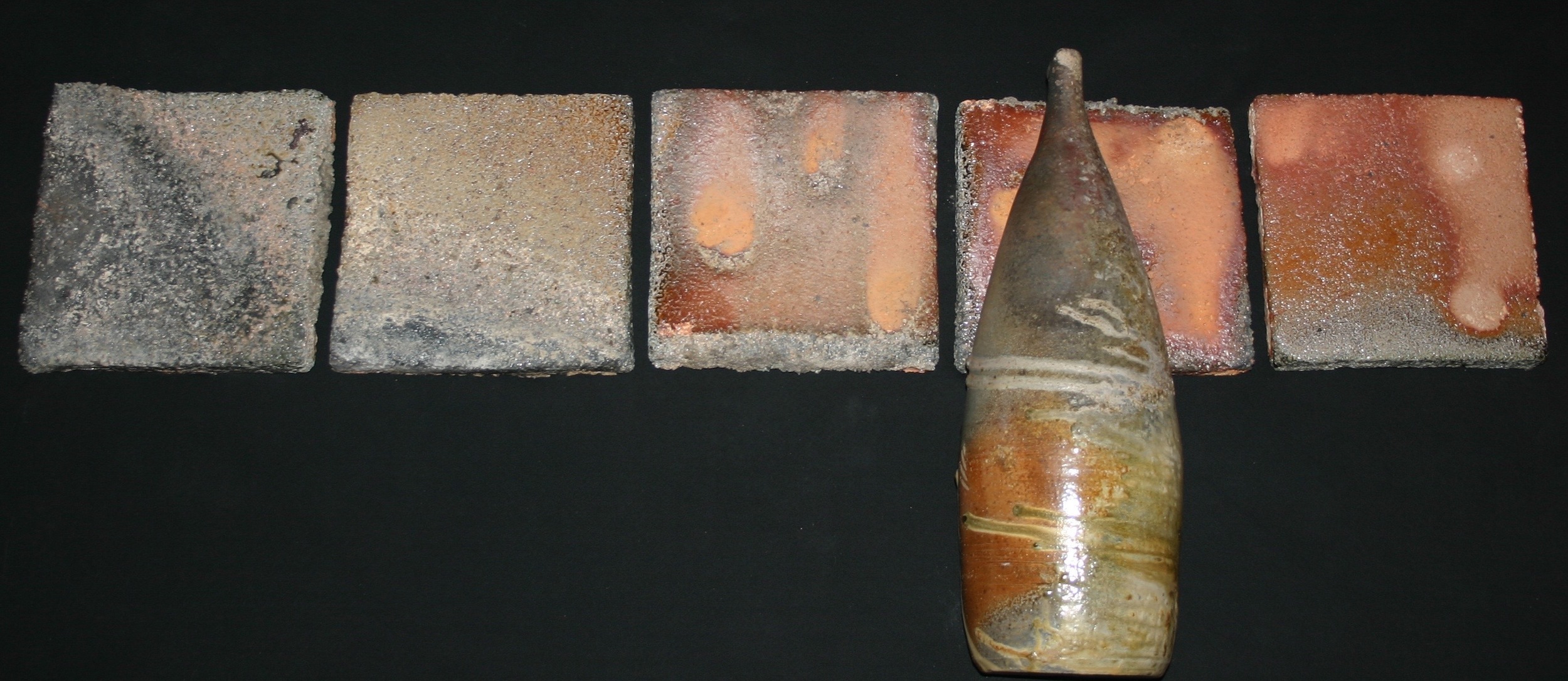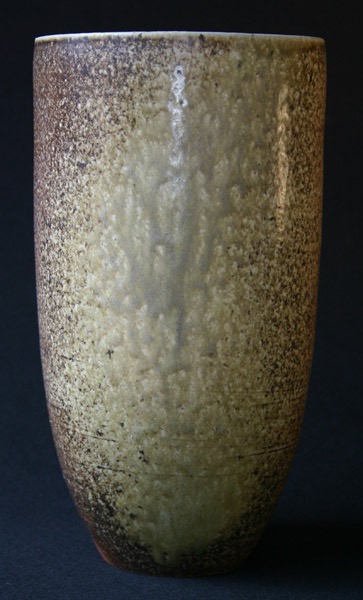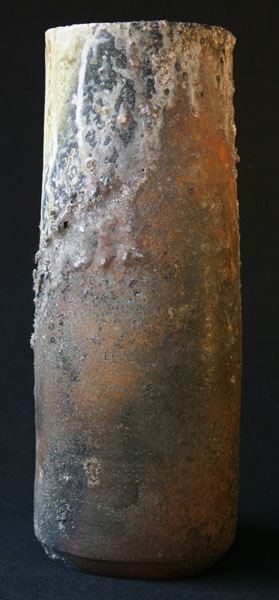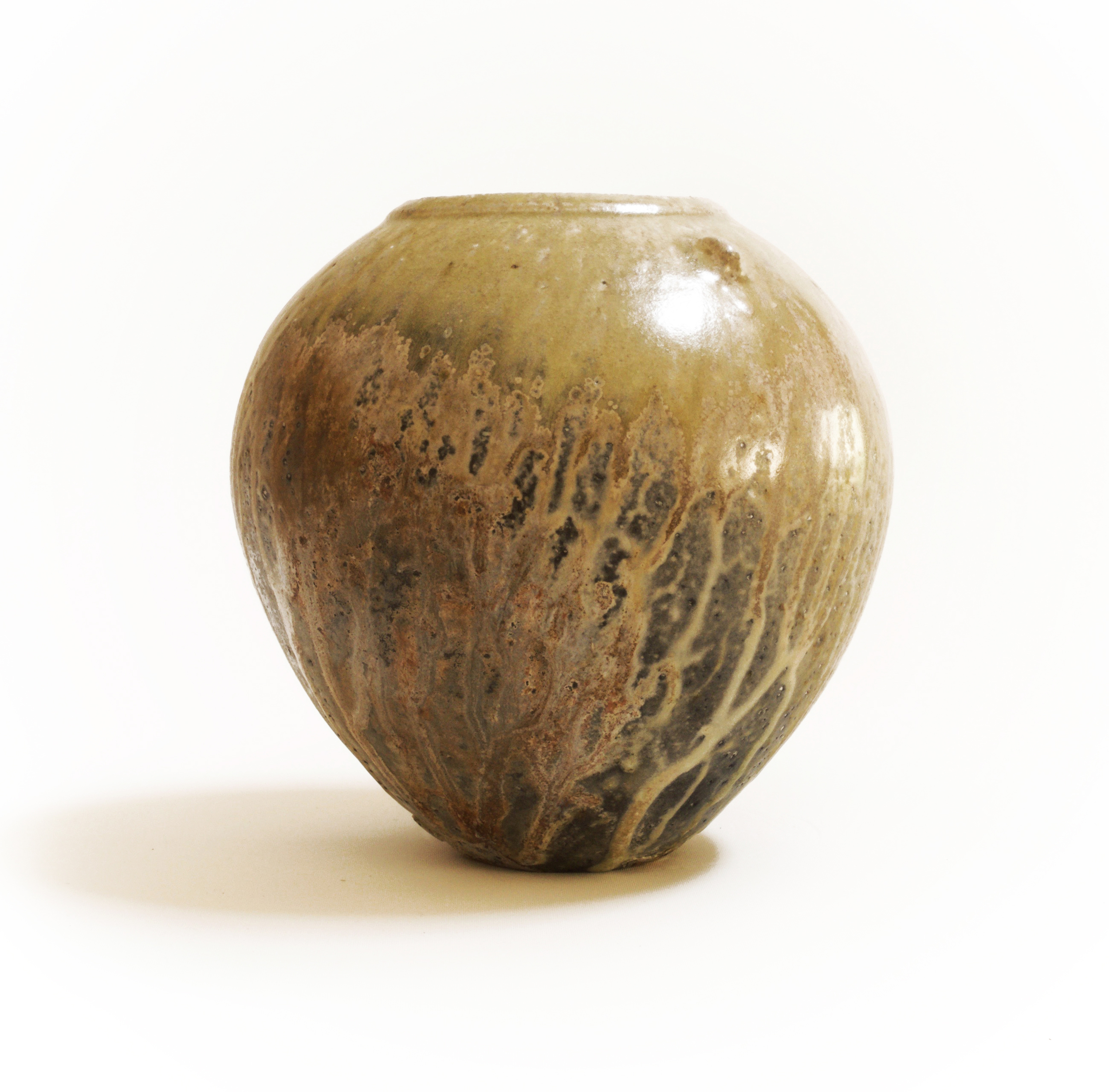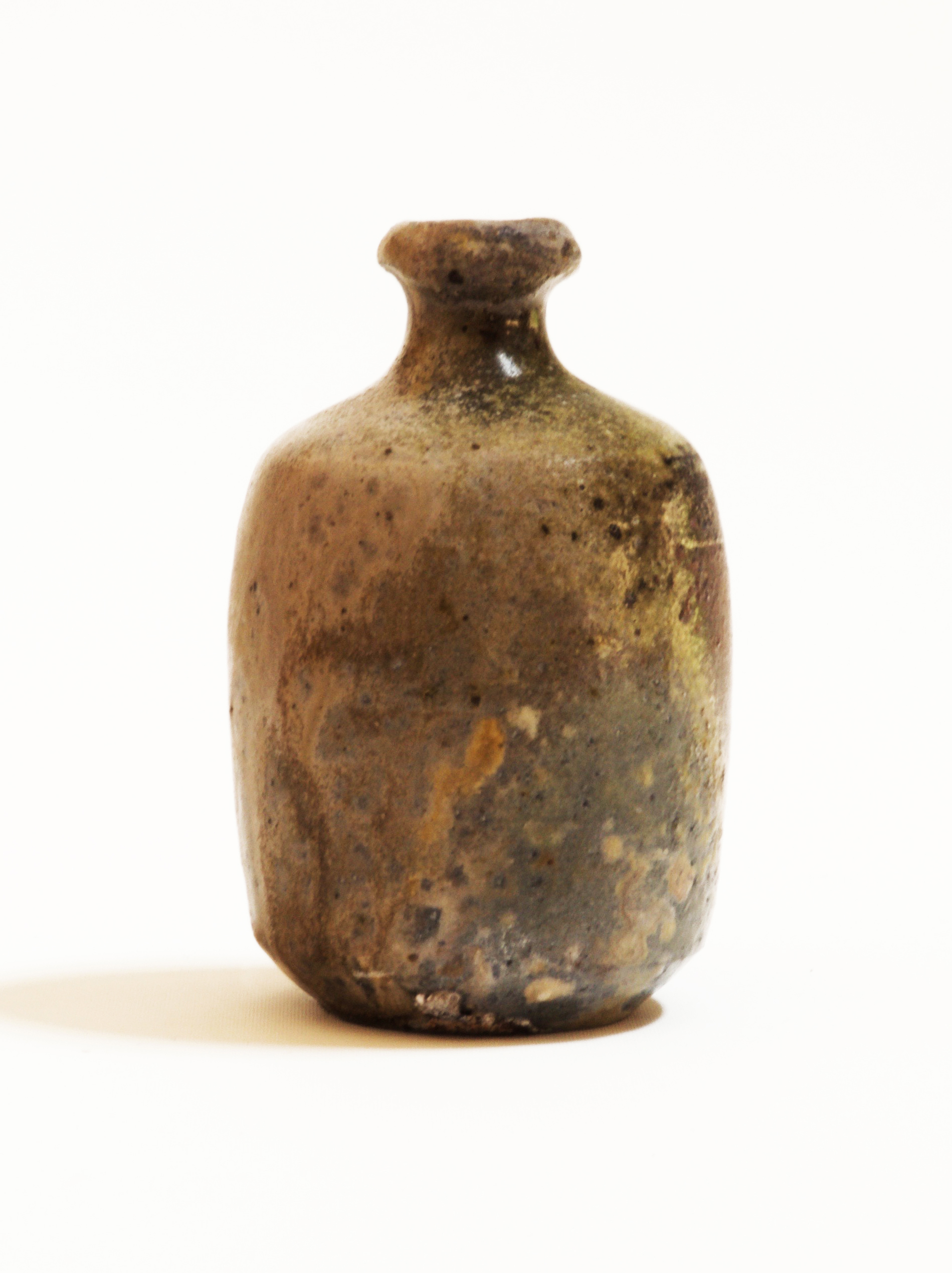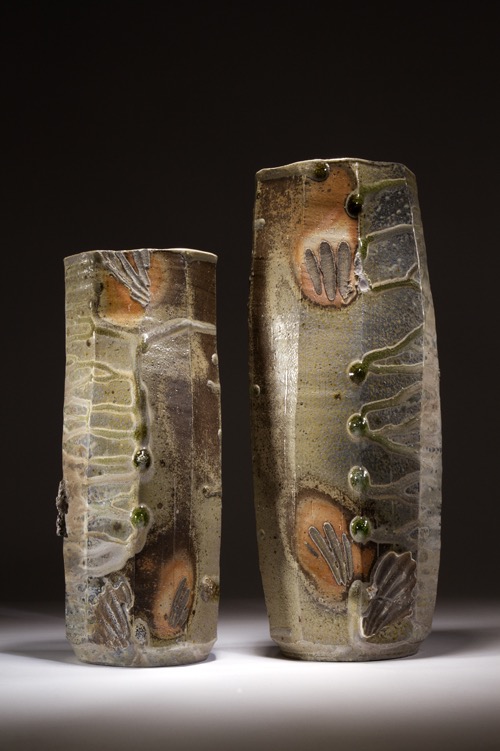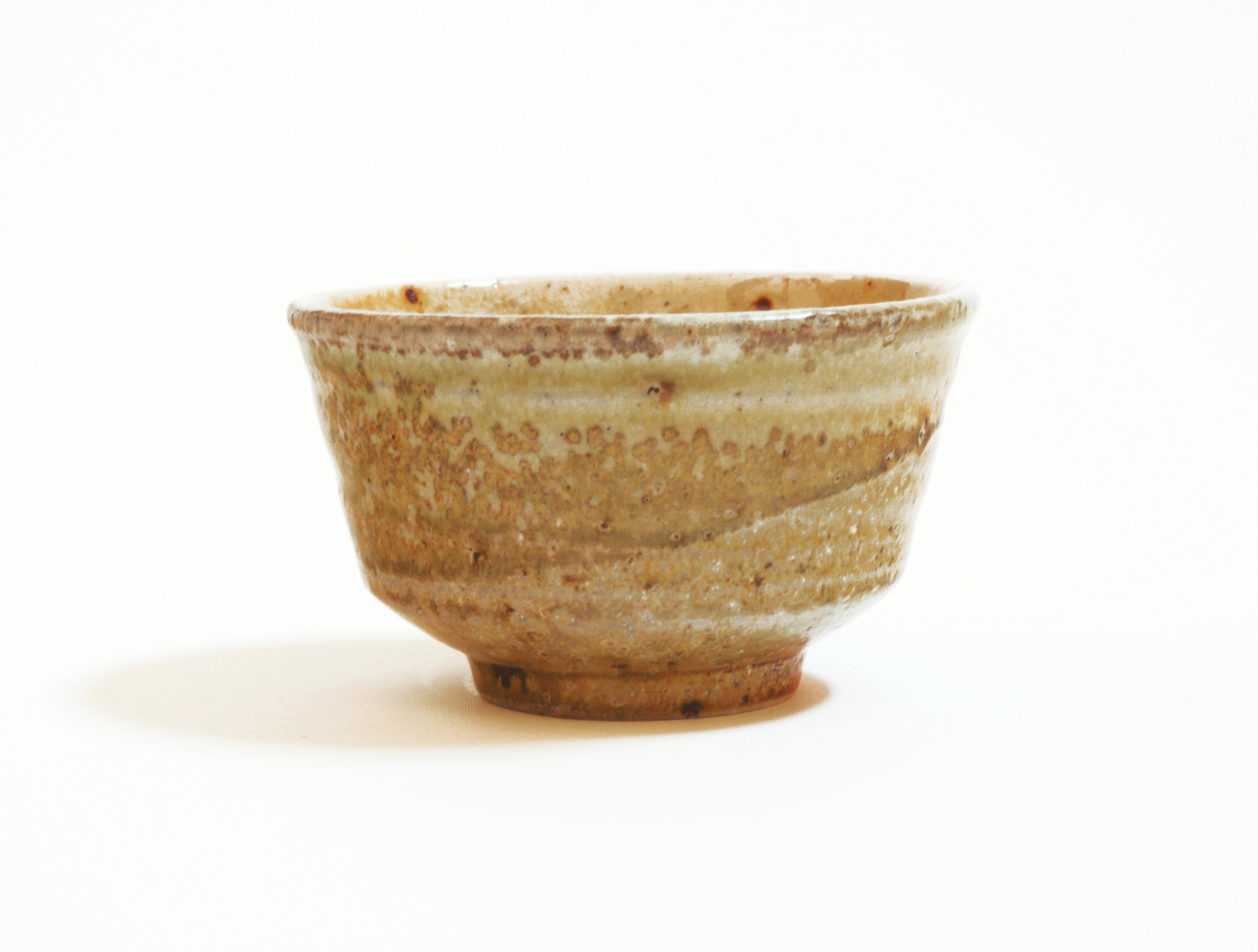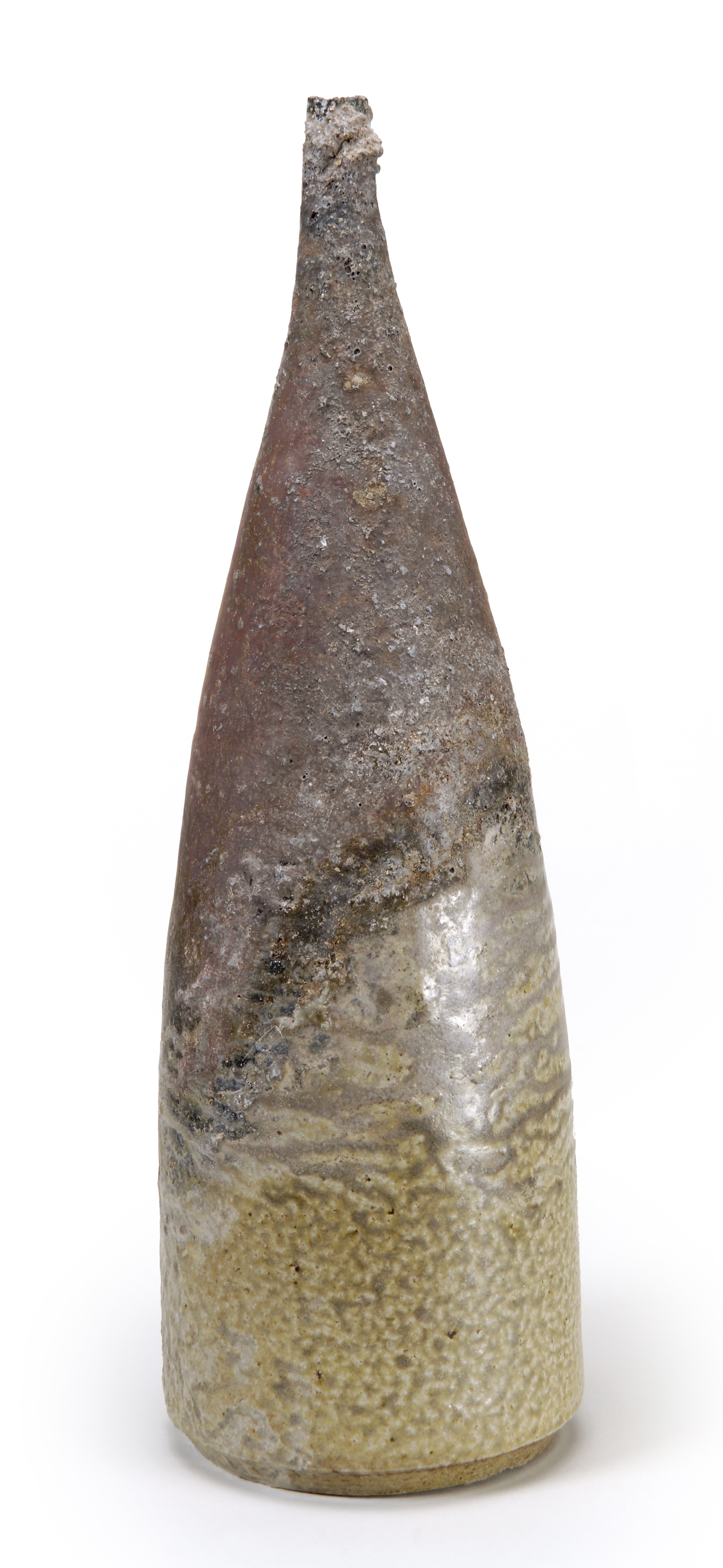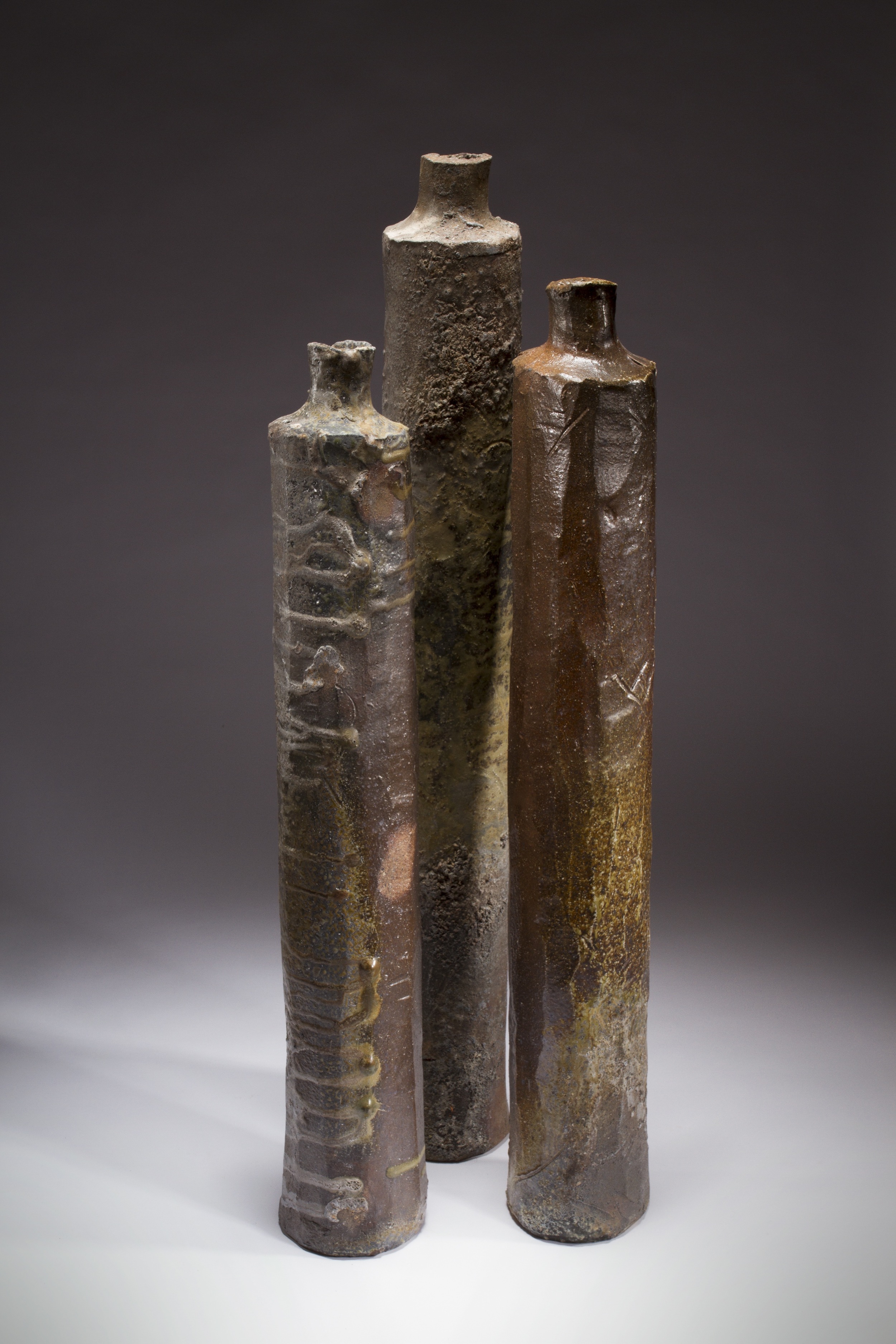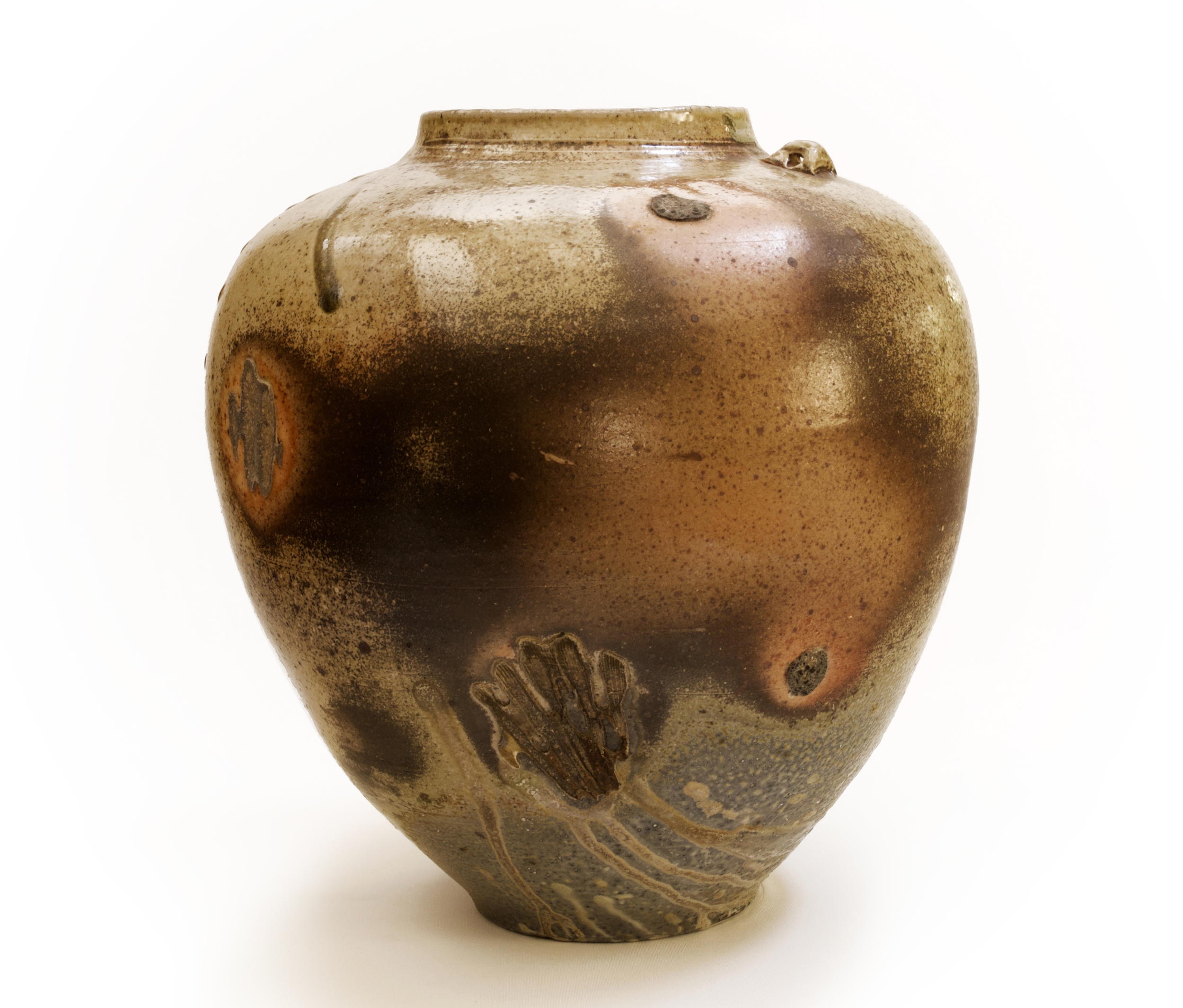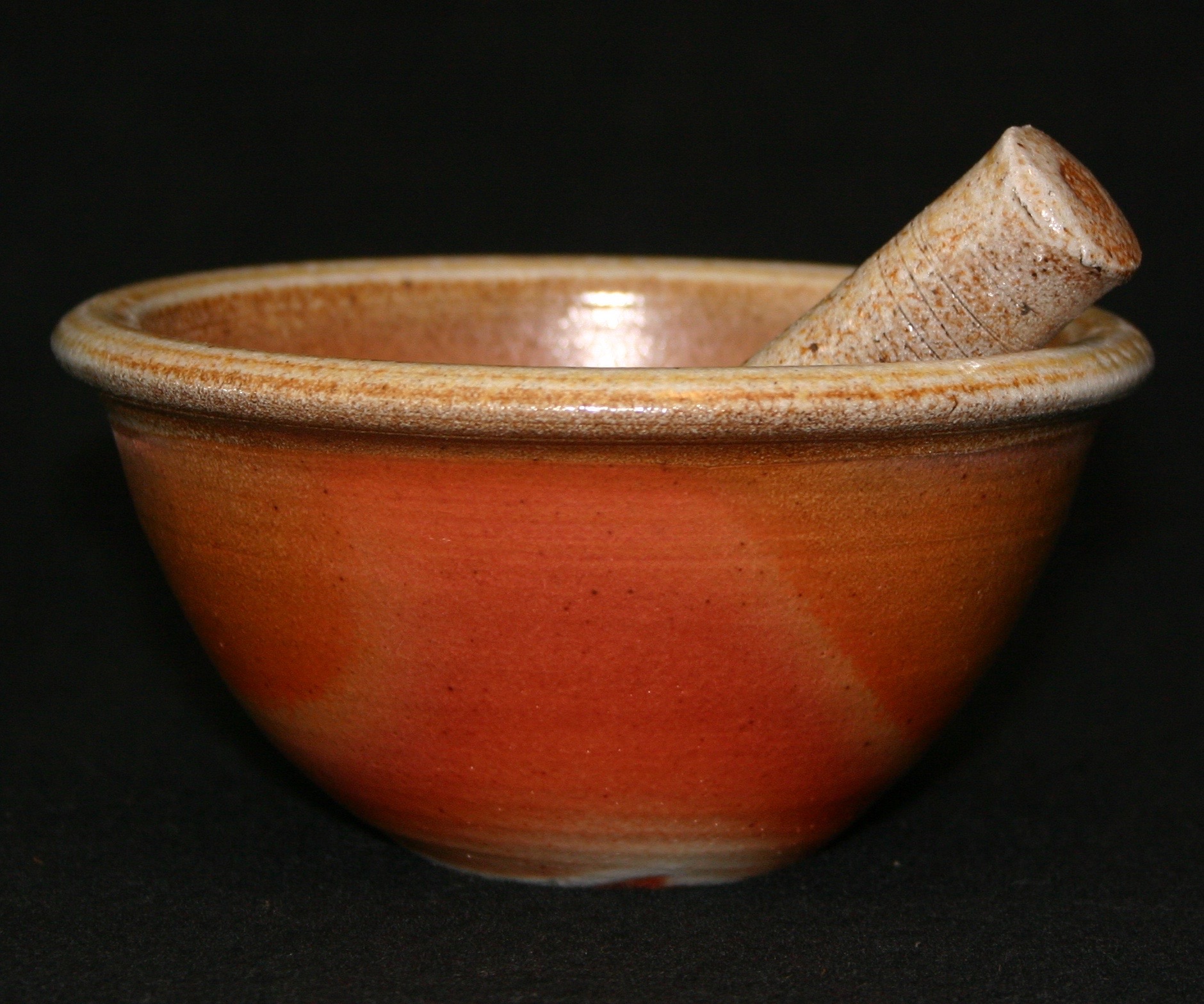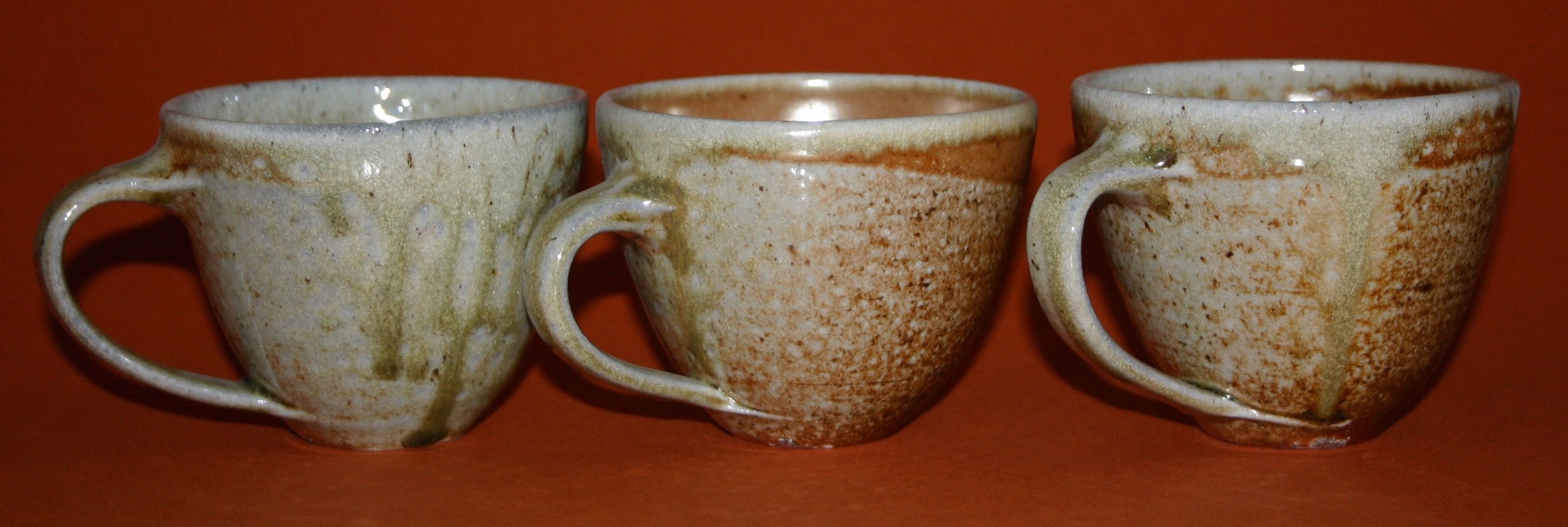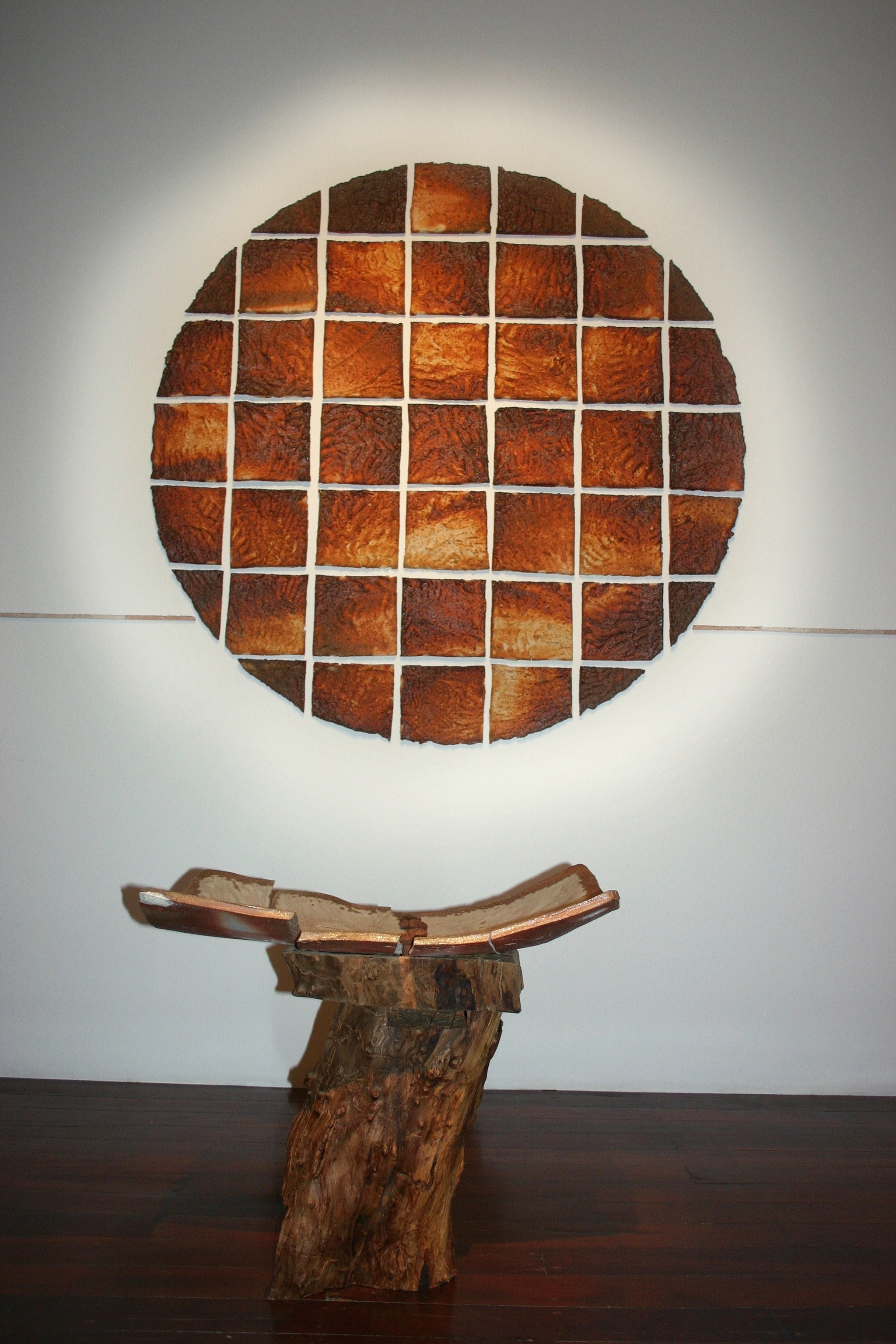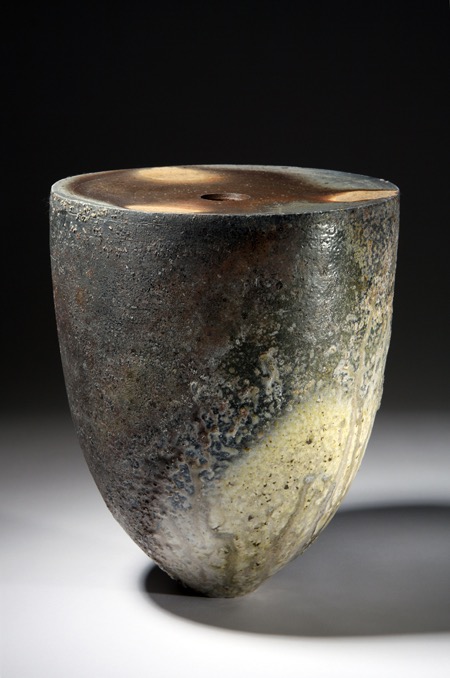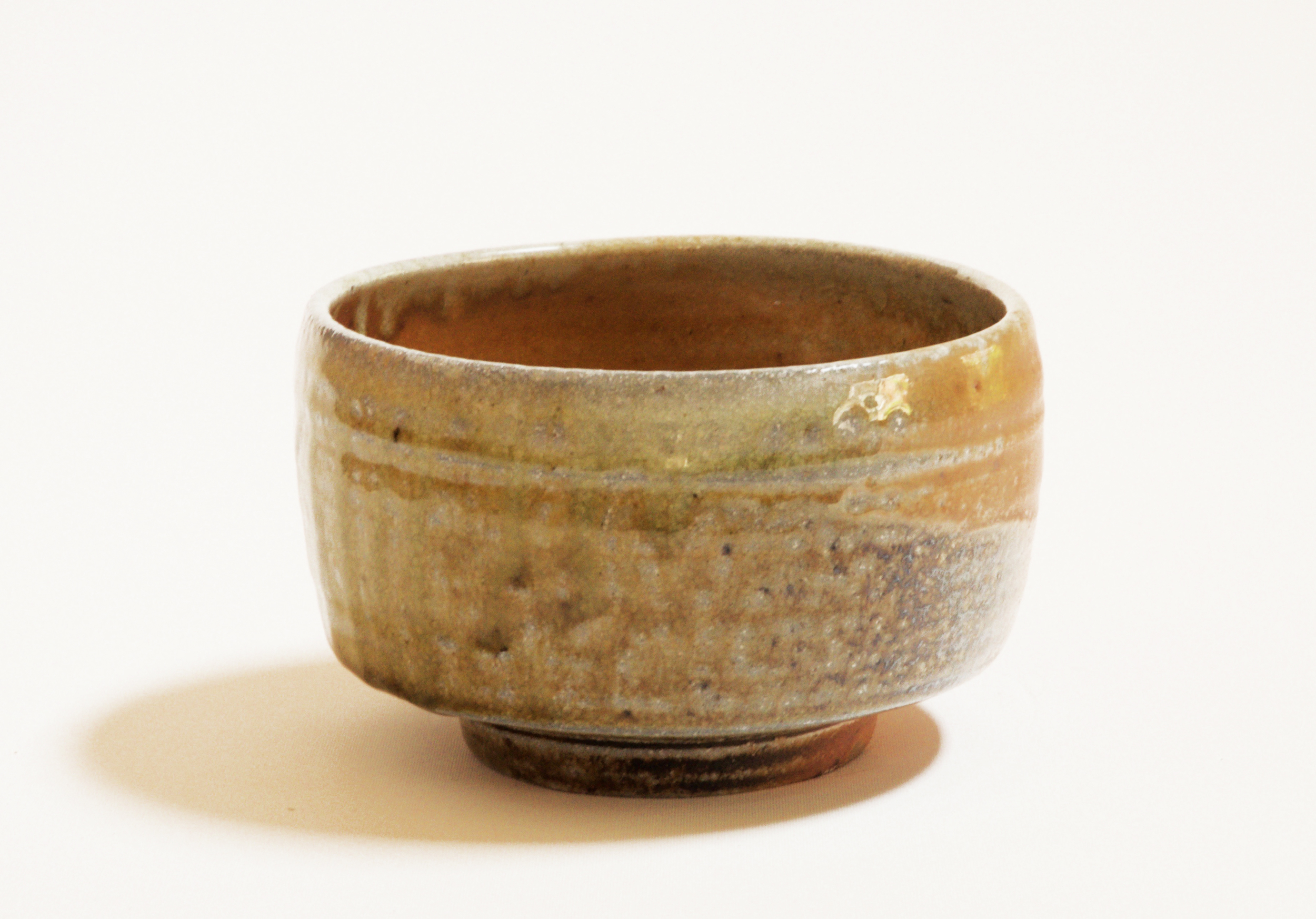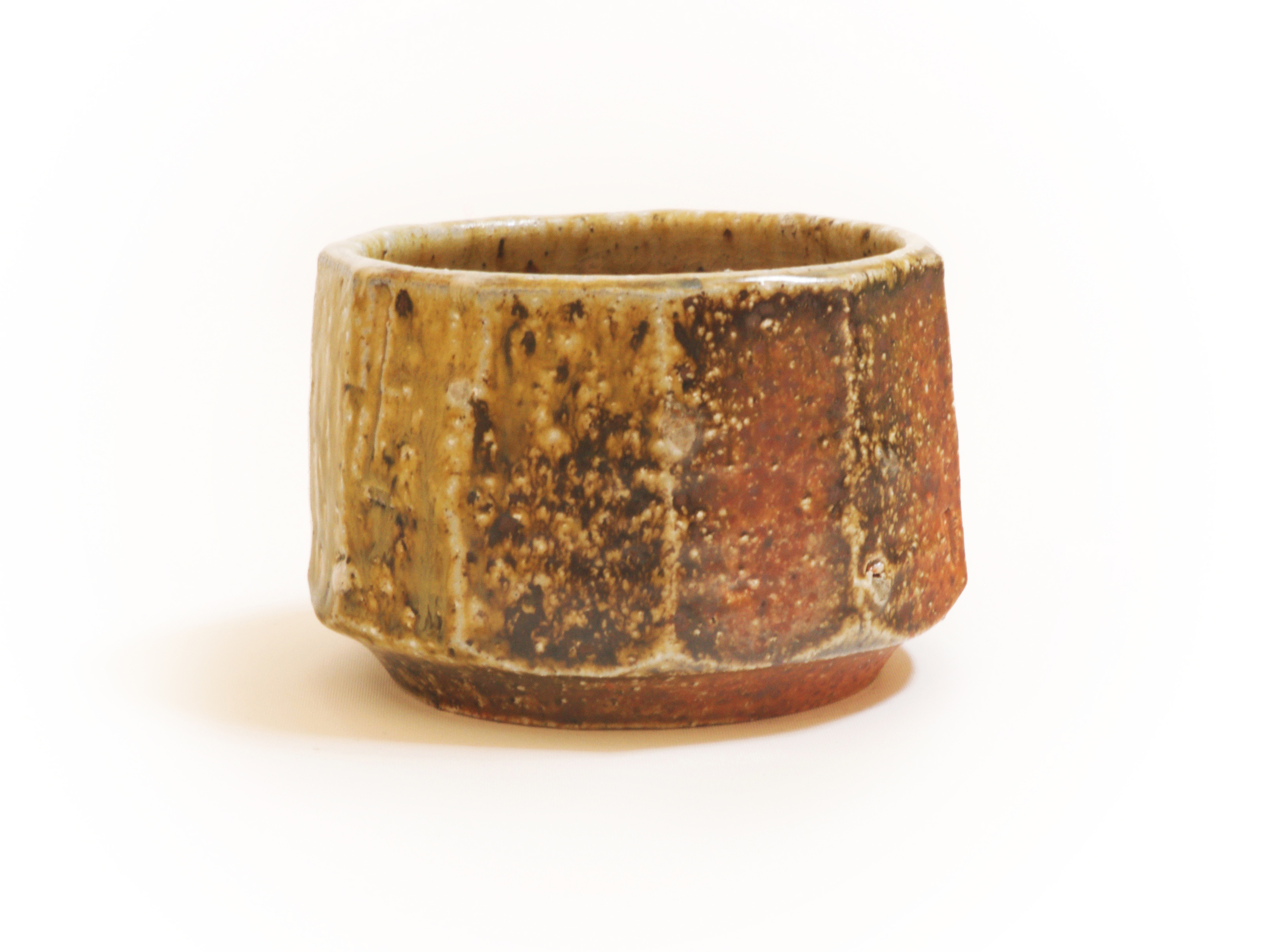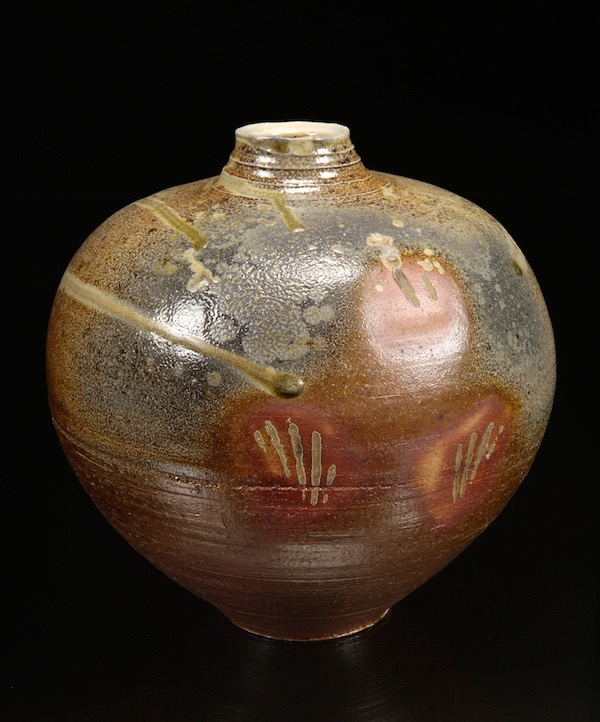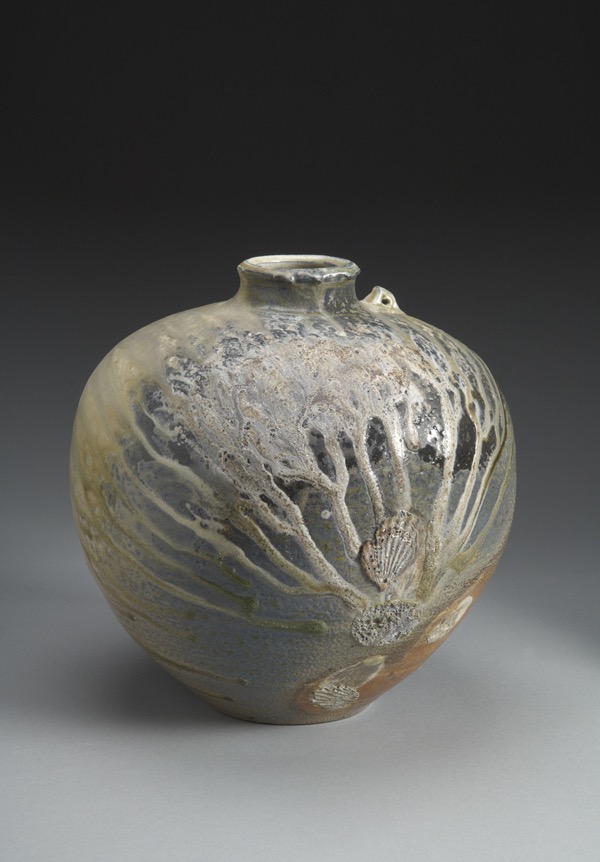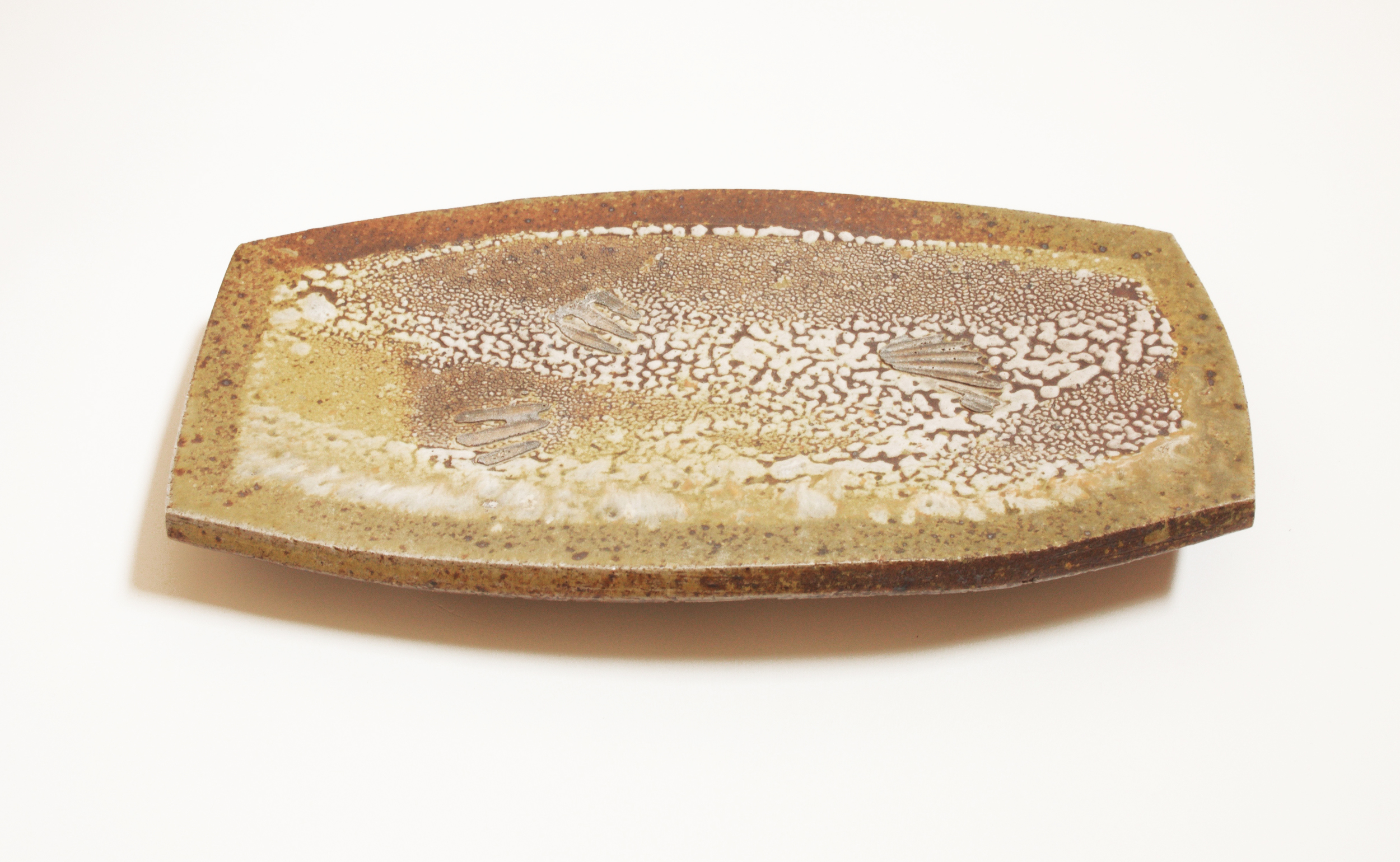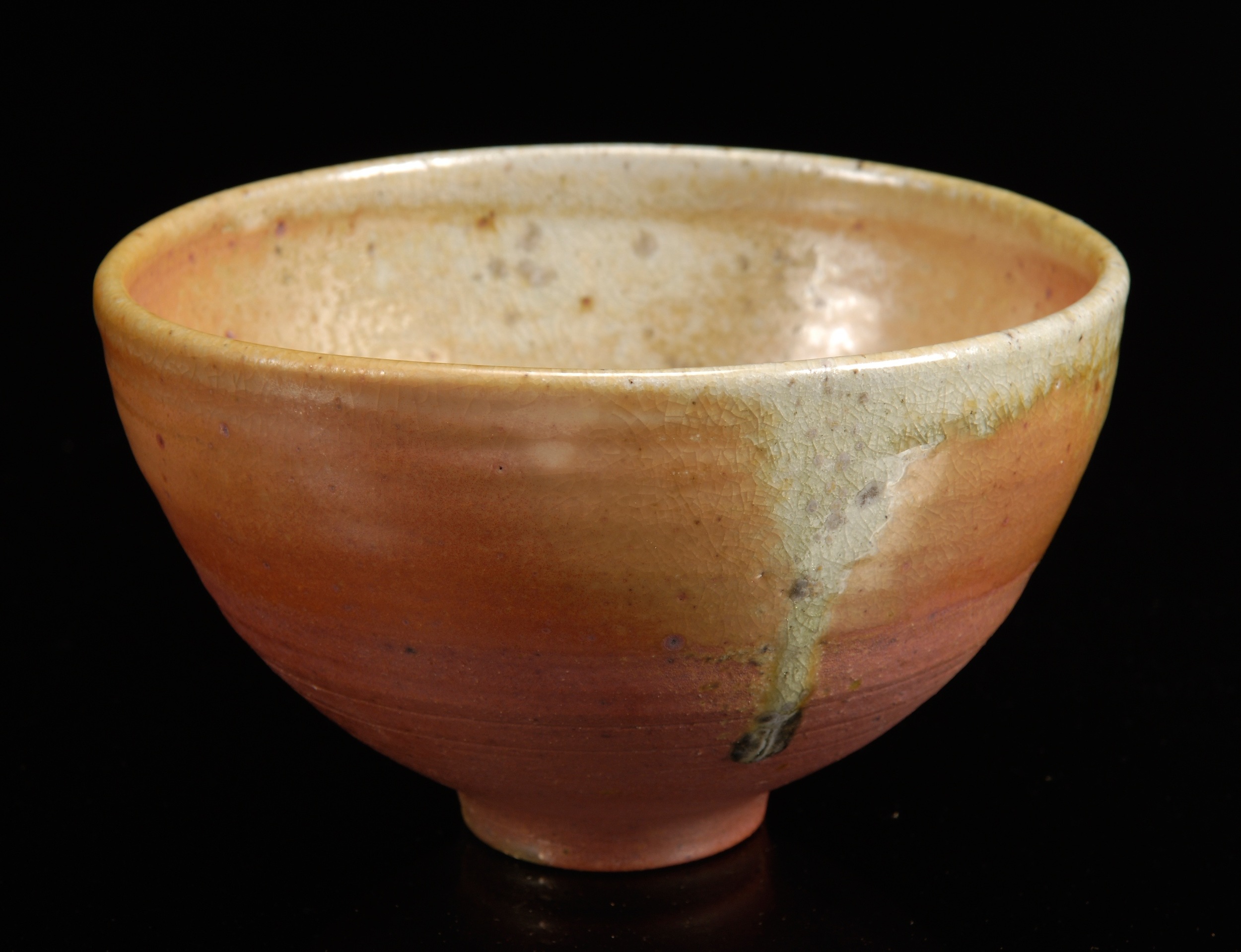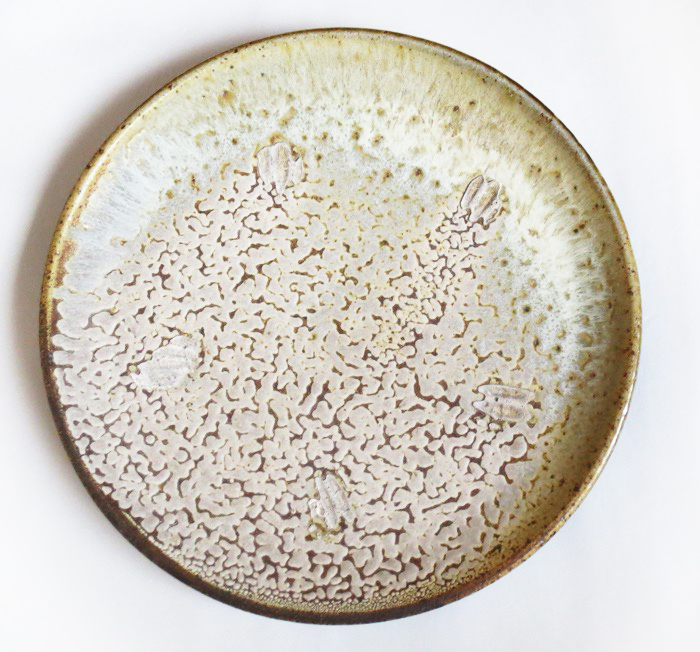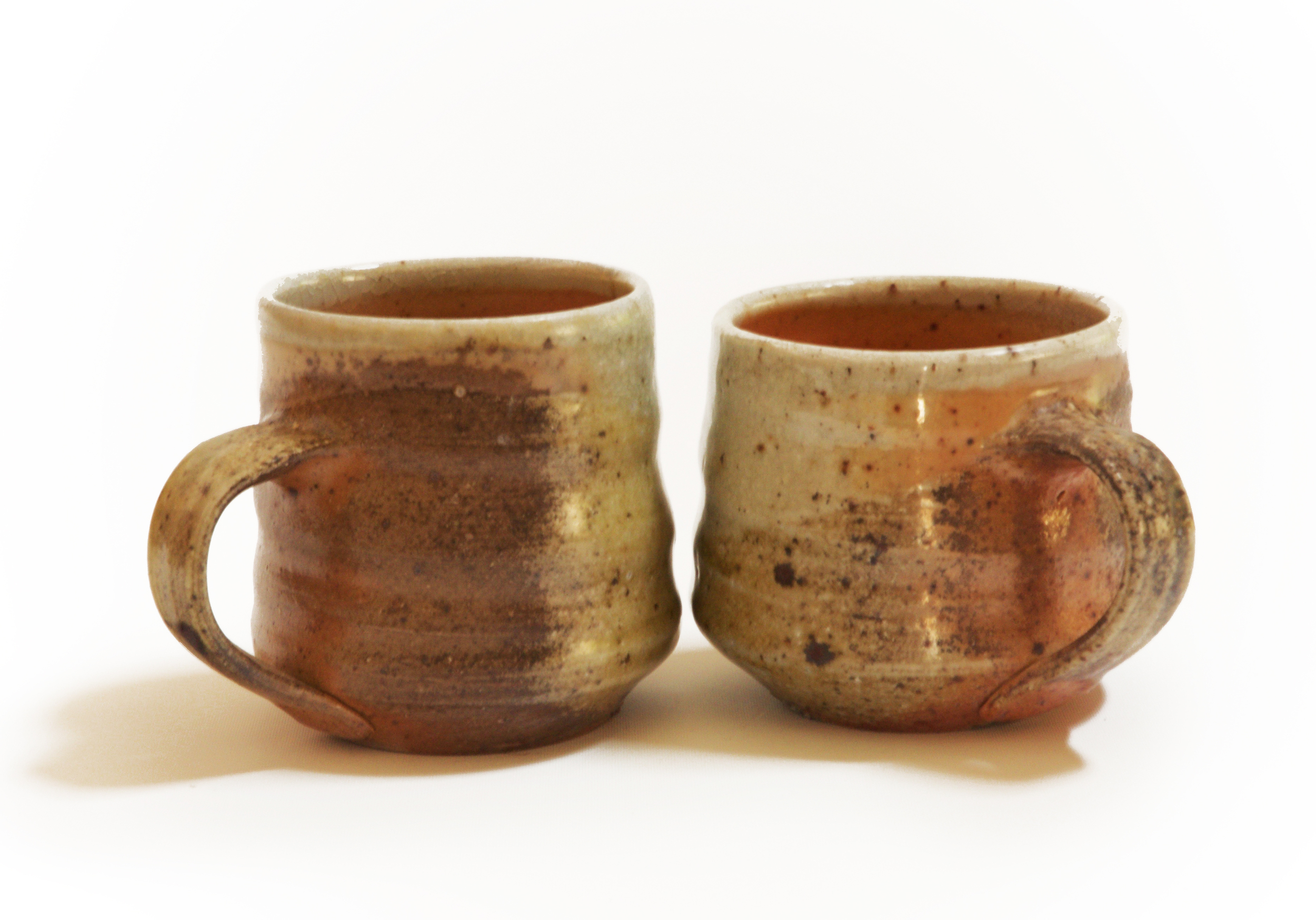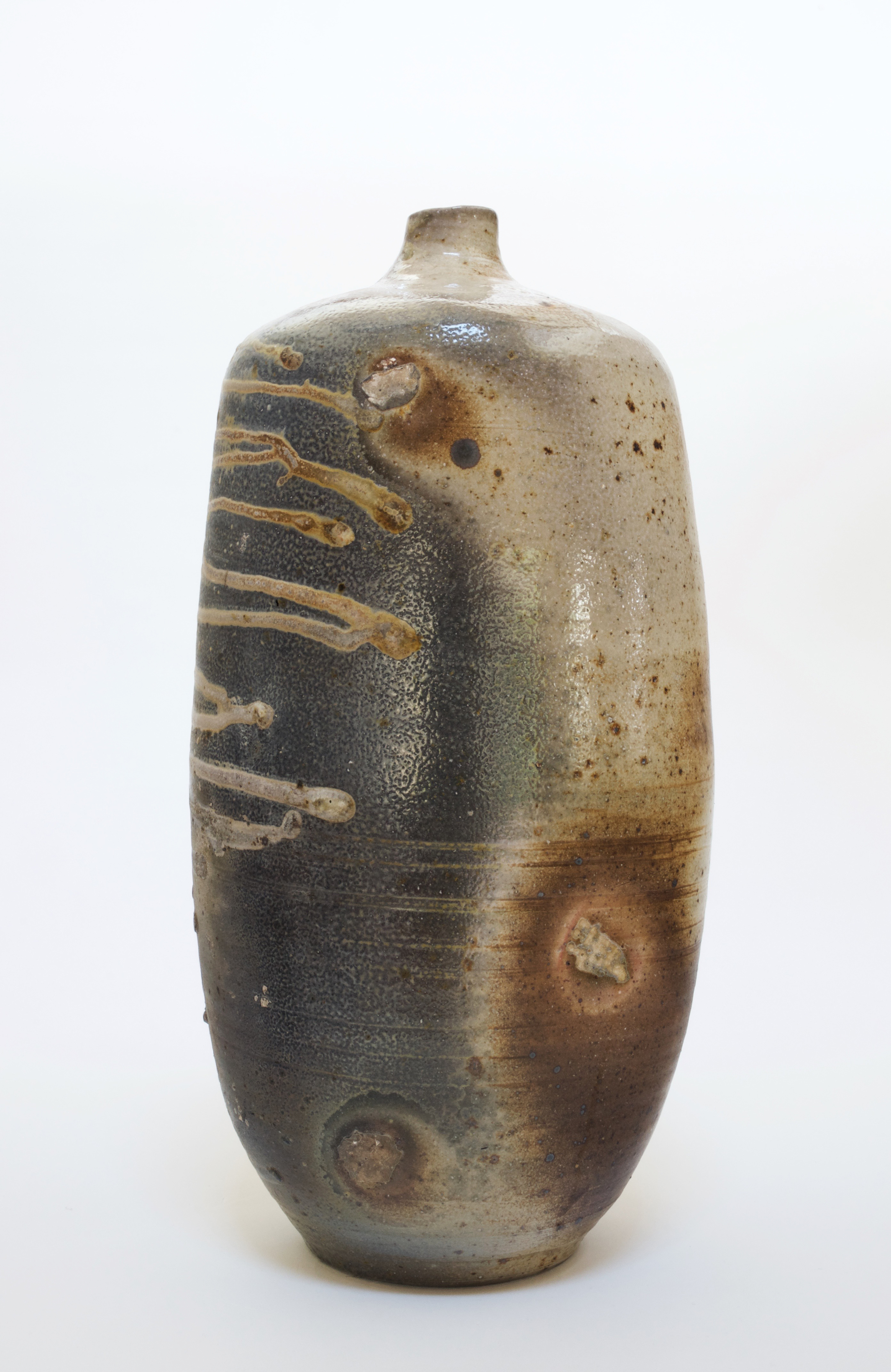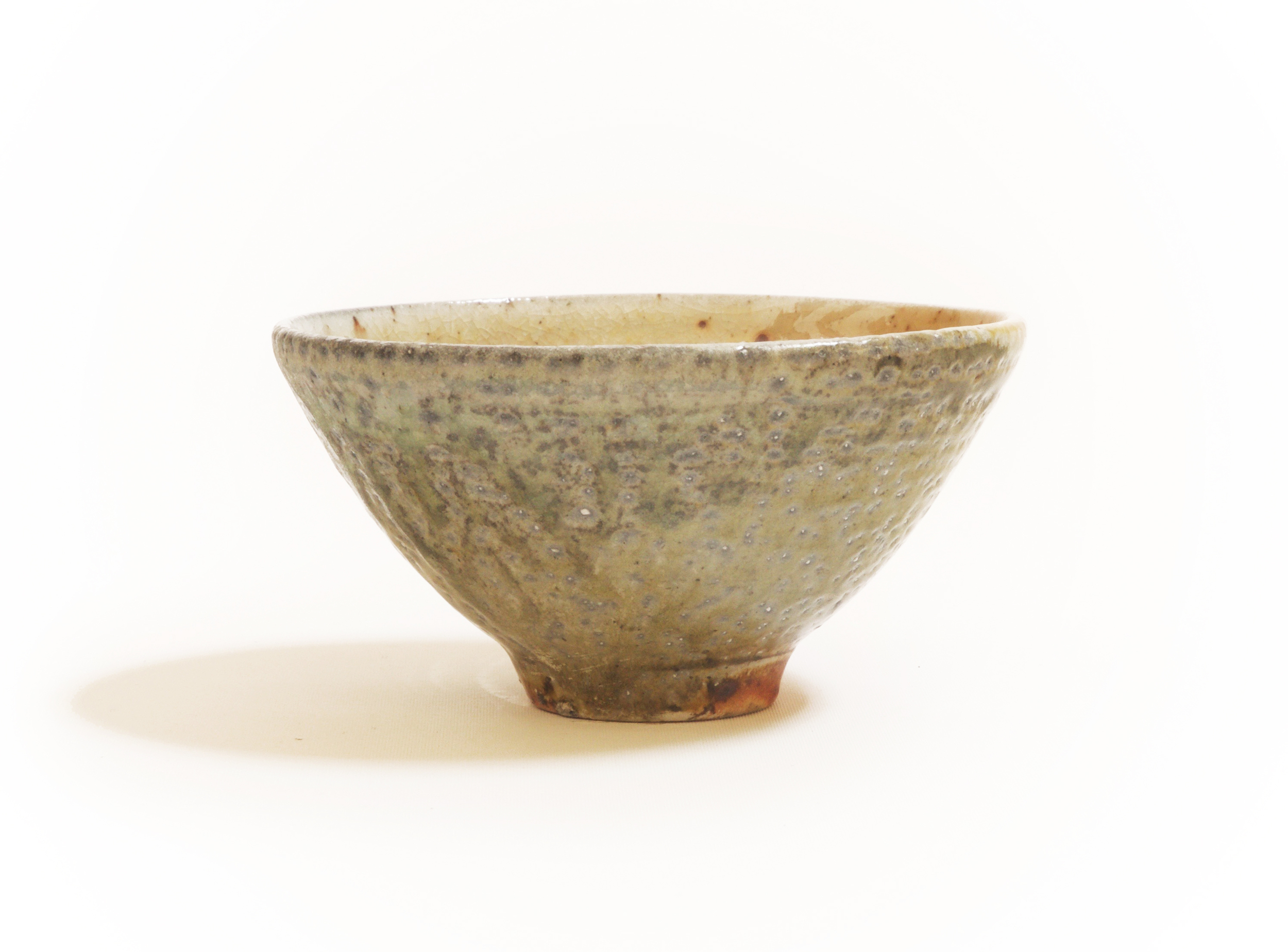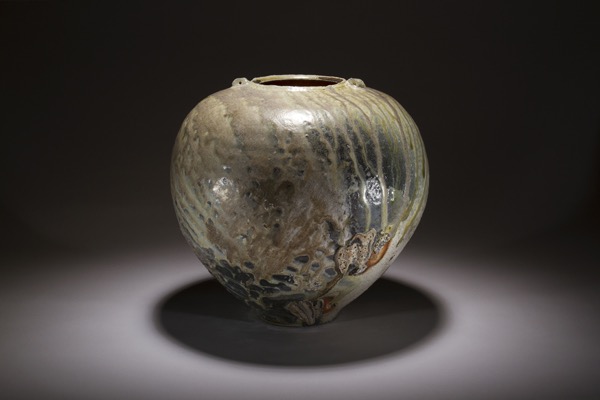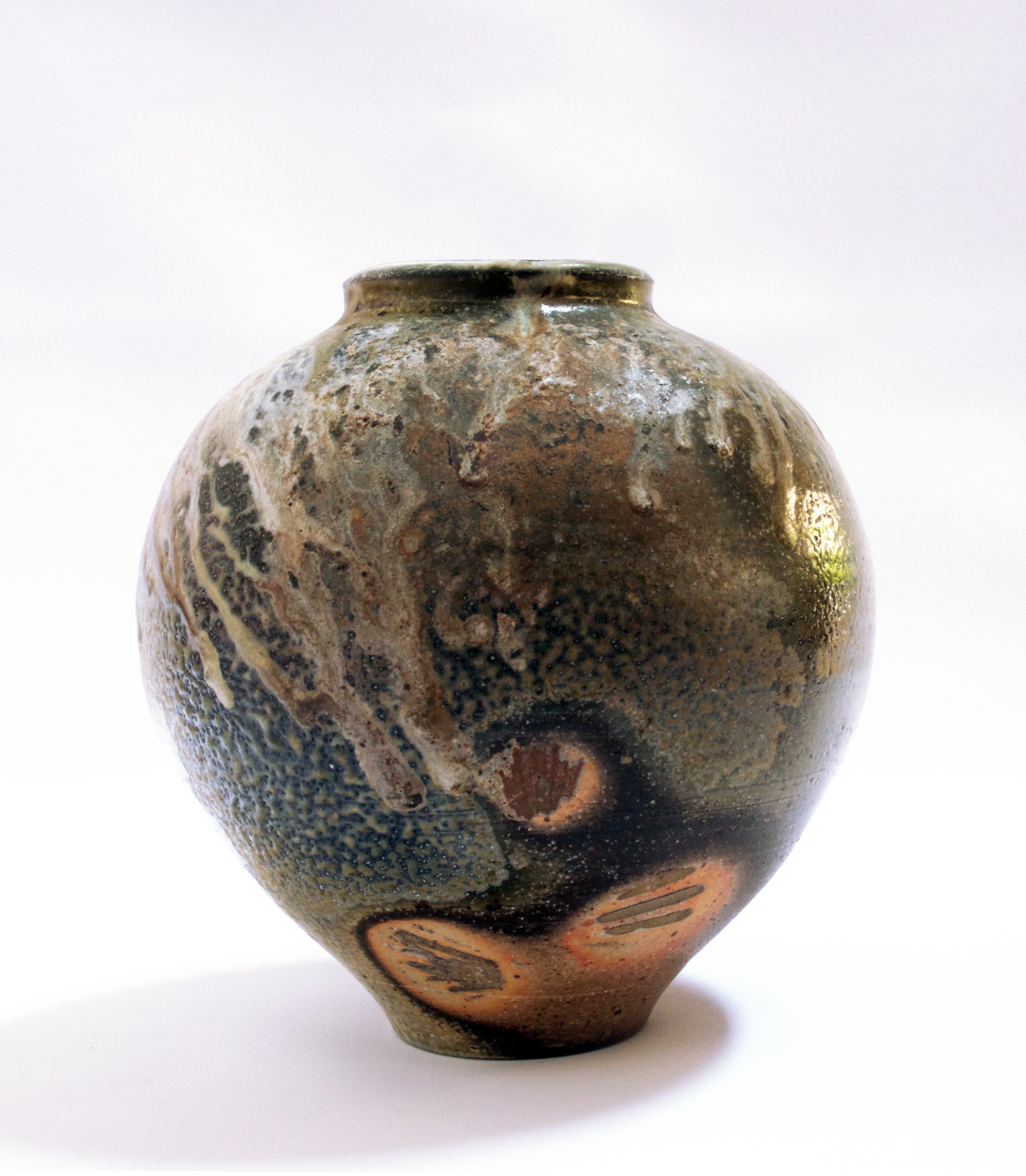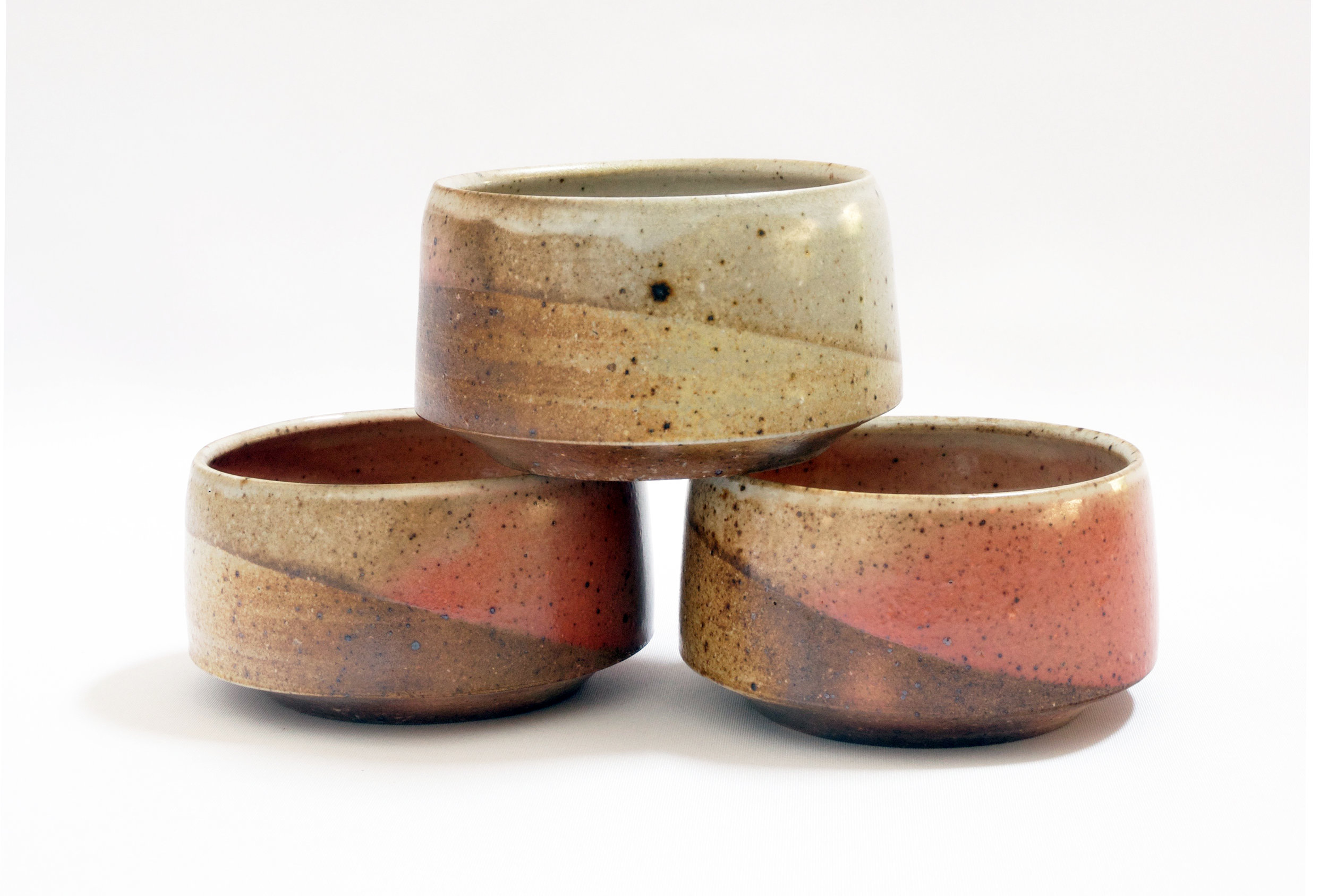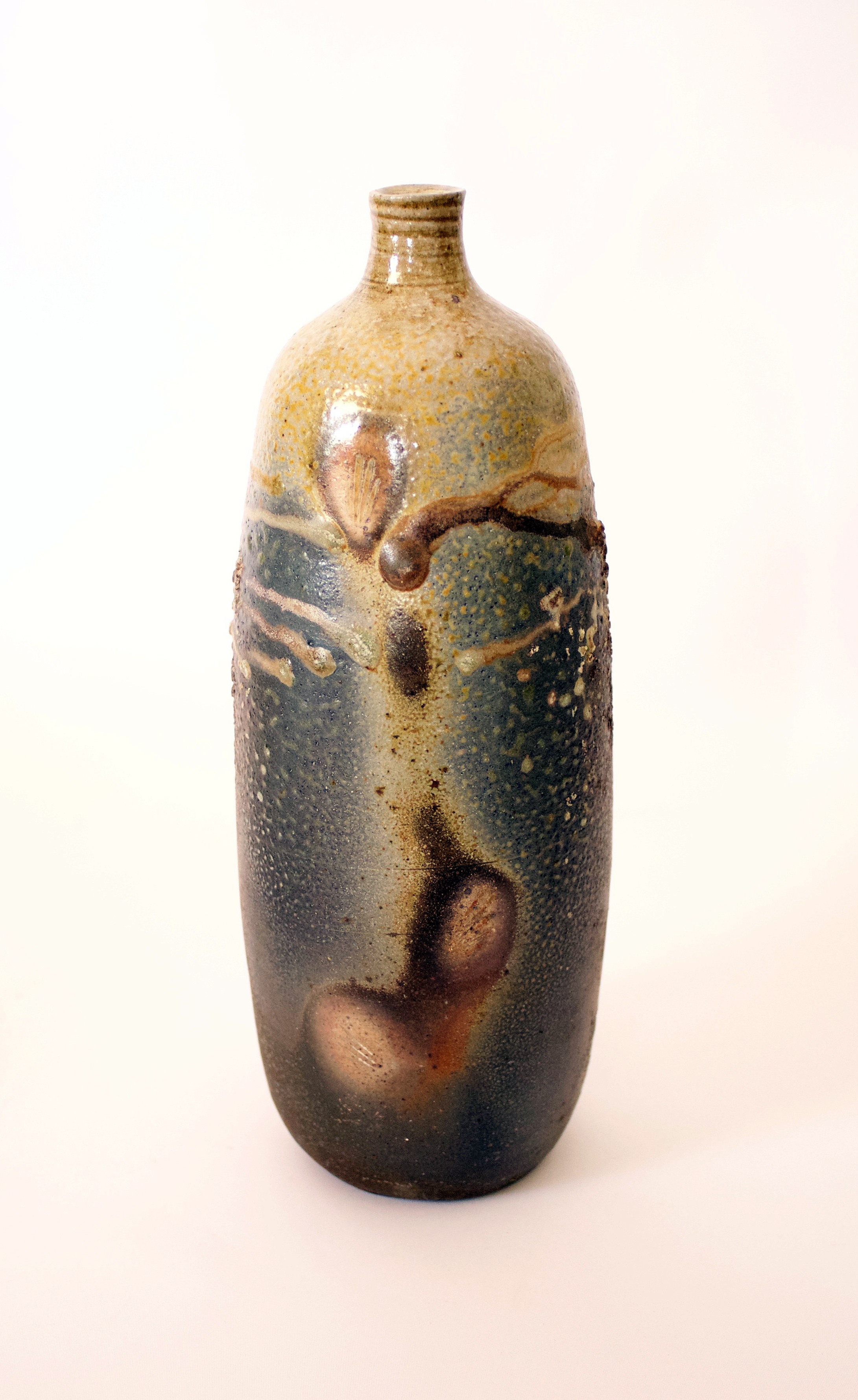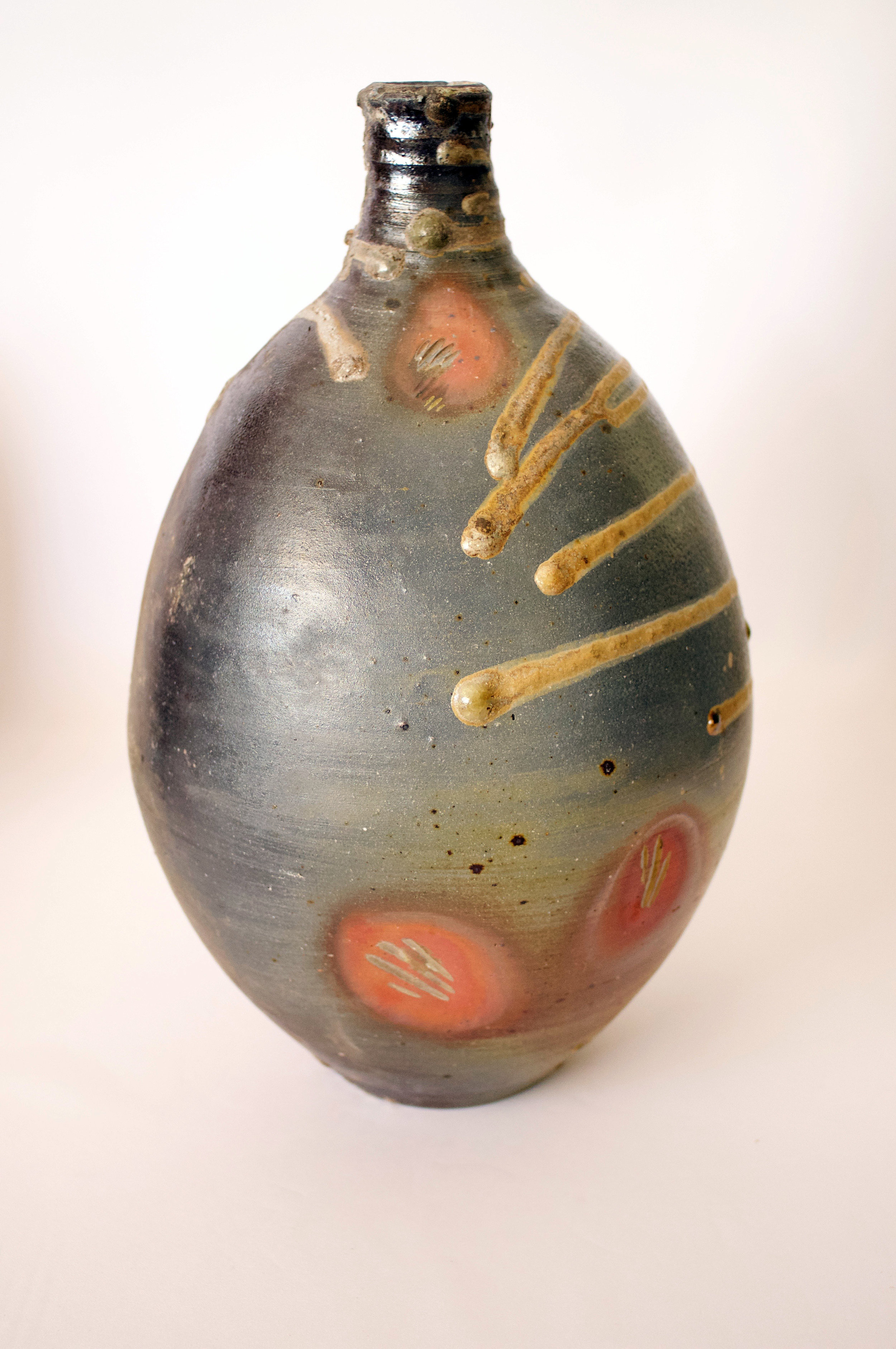WOOD FIRED
In many ways firing with wood seems easy, just put the work in the kiln light a big fire at one end, fire for two to three days and there you have it fired glazed and decorated work all in one go. The reality is much more daunting.
As the work is essentially a result of the clay and ash the selection of both is critical to the outcome.
My process starts with the selection and processing of naturally occurring local clay. I am interested in regionalism. No commercially produced clay will fit this so my only recourse is to select and blend clays from my own region. Trees grown in different areas have different minerals present in their ash resulting in different surfaces. I source my wood from trees grown on my property or at least within the local region so that the surface produced will be a product of the environment in which the work was made. I need around two to three tonnes of wood for each firing, all grown from seed, chopped and stacked next to the kiln.I use a mix of York gum, black sheoak and acacia acuminata (jam wattle).
All of this even before a single piece of work is made. I have chosen to use a long tunnel type kiln that is variable along its length enabling me to produce work of a different feel in the same firing. I make pieces for specific zones in the kiln. Packing the kiln becomes like a three dimensional jigsaw puzzle having to remember where individual pieces go ,their orientation to each other and the fire as well as the packing density . The spatial orientation is a major consideration when it comes to the final surface of the finished work. It takes me around two days to set the work in the kiln.
Firing proceeds slowly with a gradual , controlled temperature rise. The atmosphere within the kiln is as critical to the finished work as any other part of the process. Indeed it is probably more critical than the temperature if certain colours and surfaces are to be gained. It takes me around two days of firing to achieve what I want. It is a challenge to fire as efficiently as possible so that wood is not wasted, but efficiency is not the name of the game. It’s how the work looks that is the criteria. I am fortunate that Trish’s tree planting program effectively makes the kiln carbon neutral.
Final temperature of 1320oC is reached after two days with a careful balance between temperature rise and kiln atmosphere.
It takes almost a week for the kiln to cool enough to unload. Even then some work is destined for another firing and another layer to be added to the surface. Some control is always given away when I fire with wood . It’s a risk, but one I am prepared to take for once in a while the results transcend what I obtain purely from experience and knowledge.
In the end firing with wood comes down to commitment and acceptance of responsibility. I would have it no other way.


